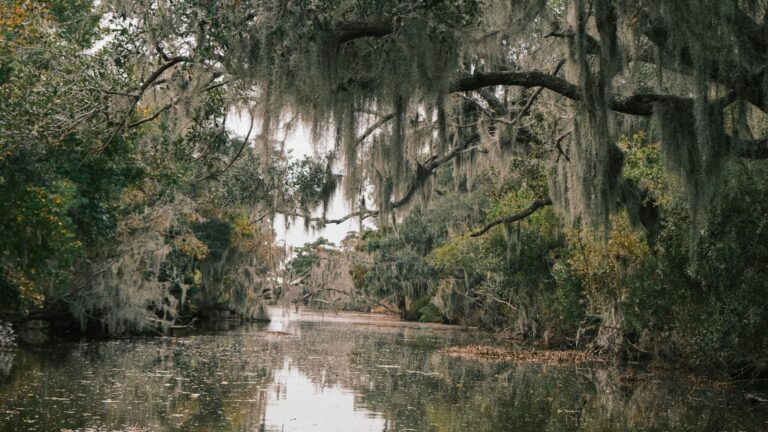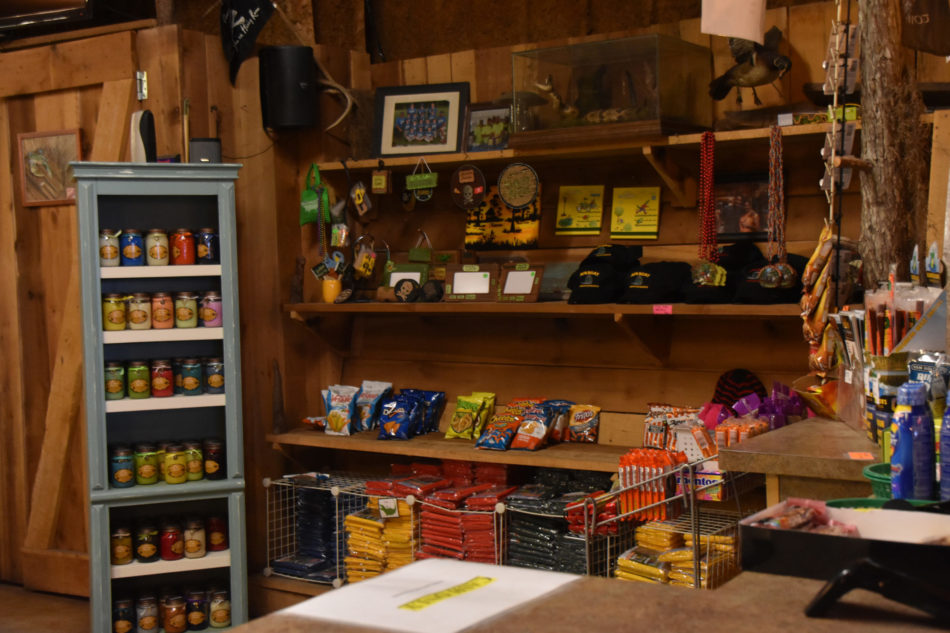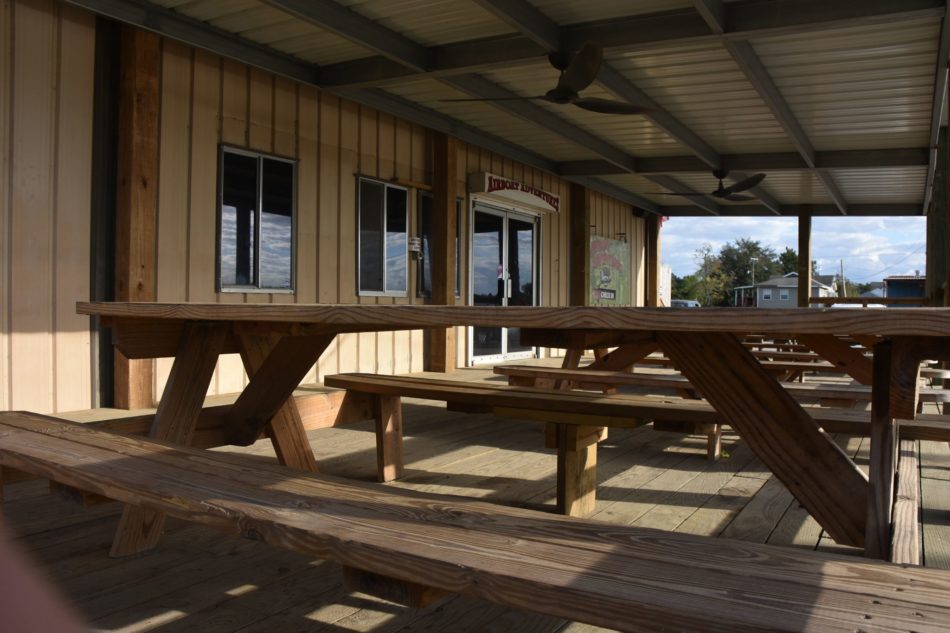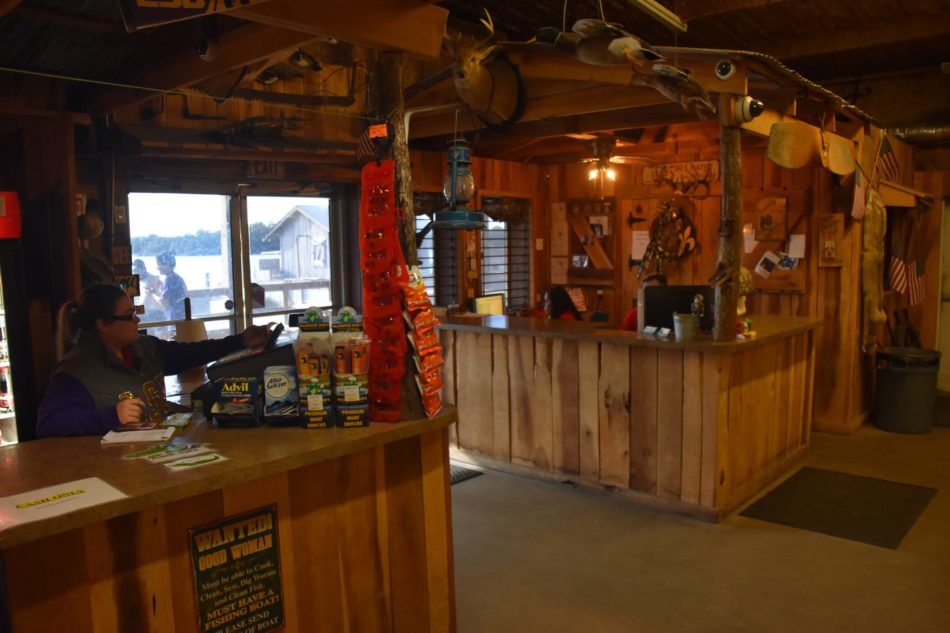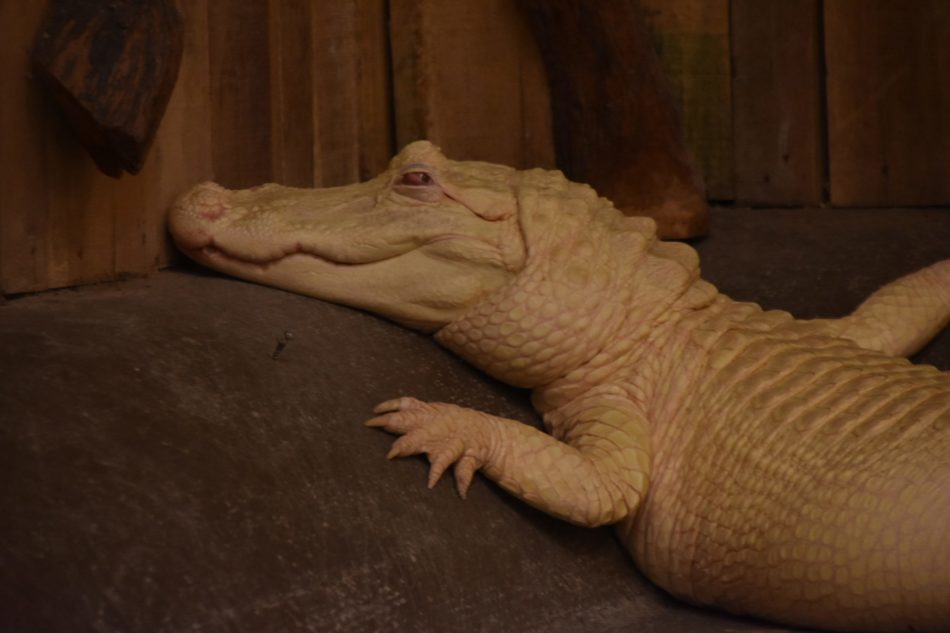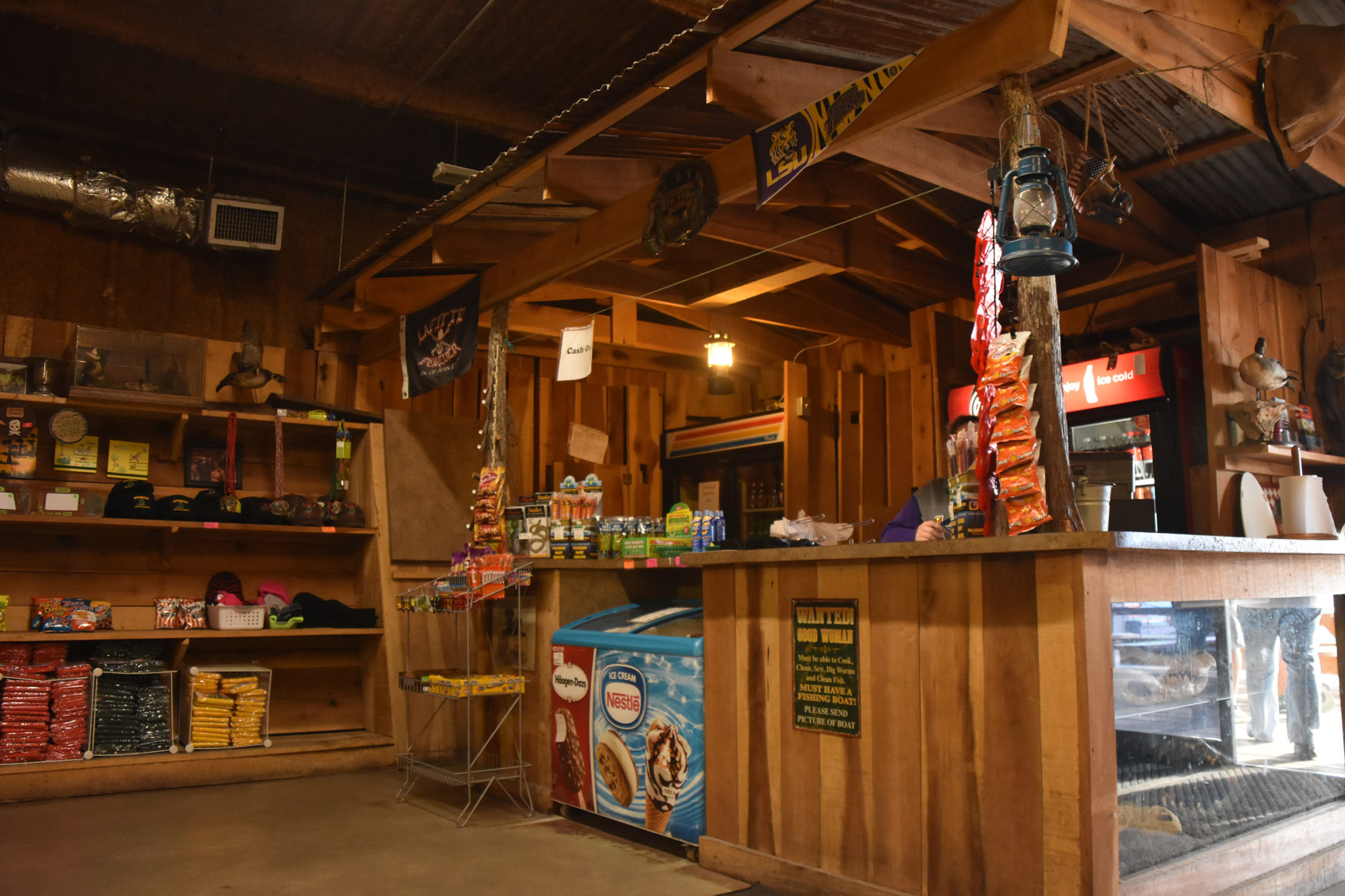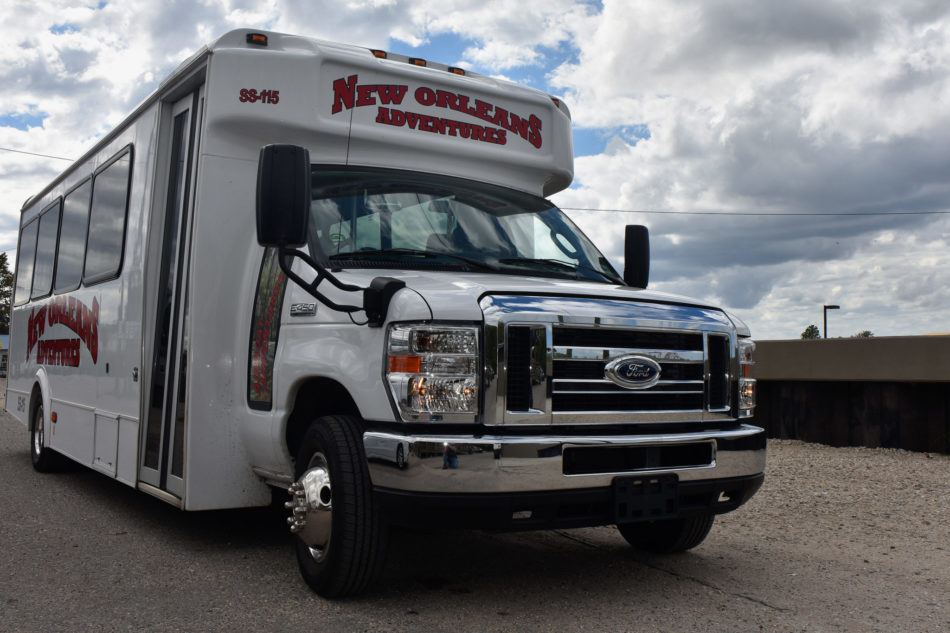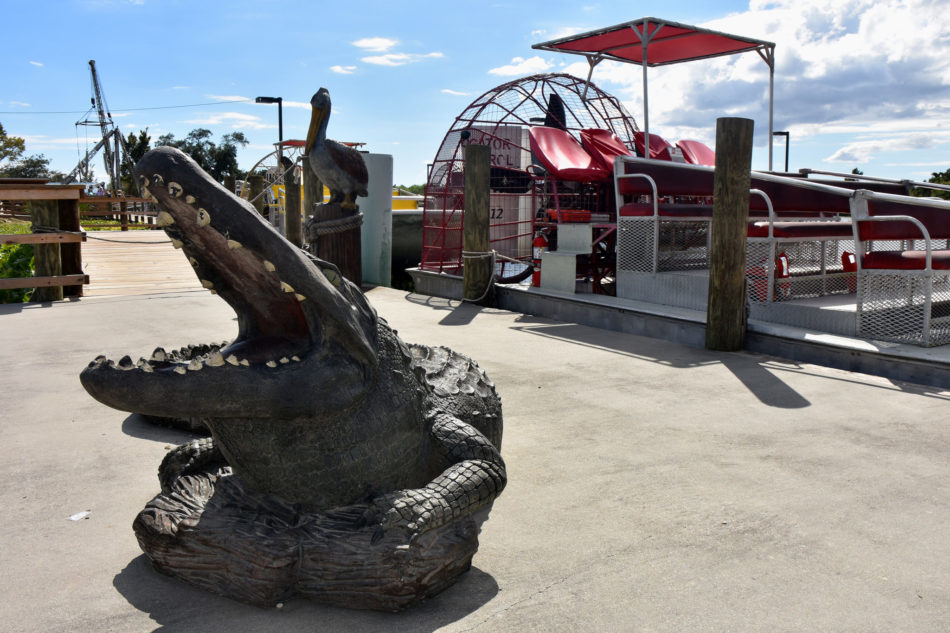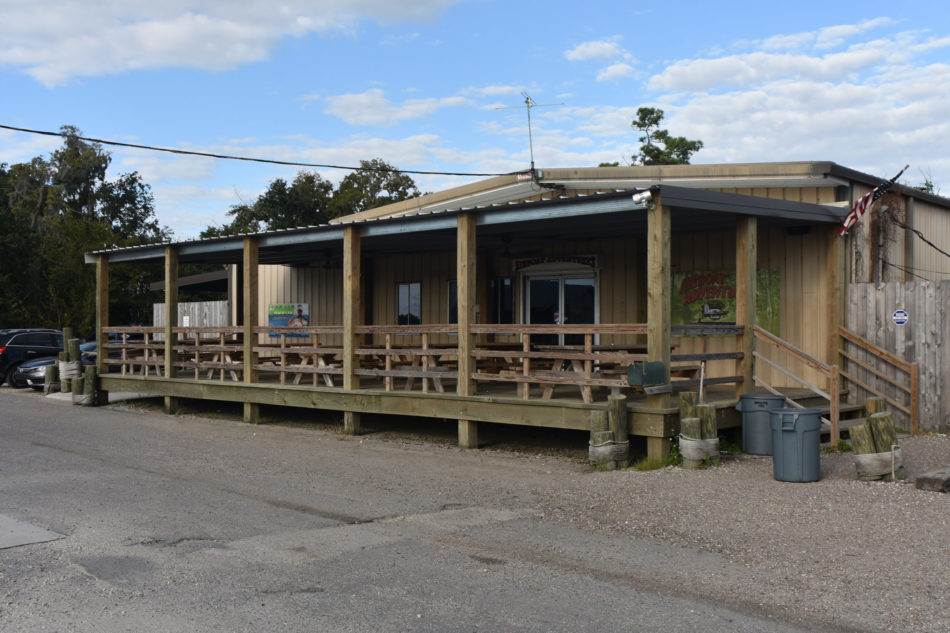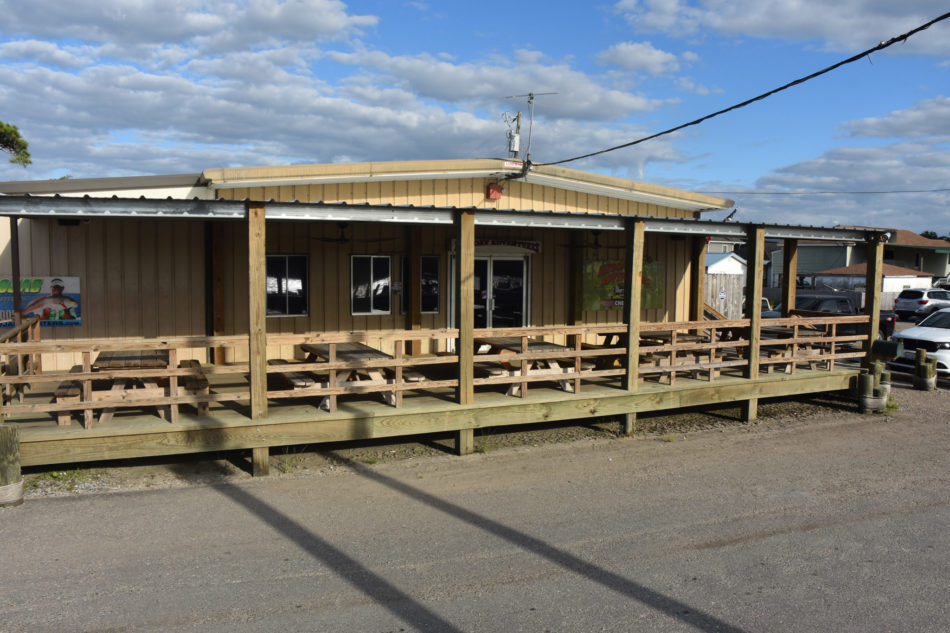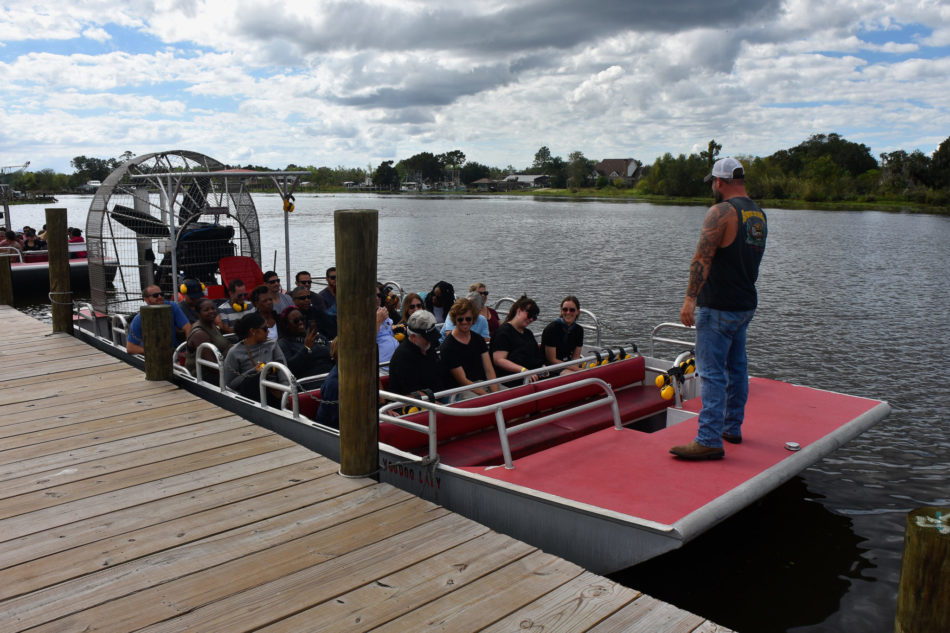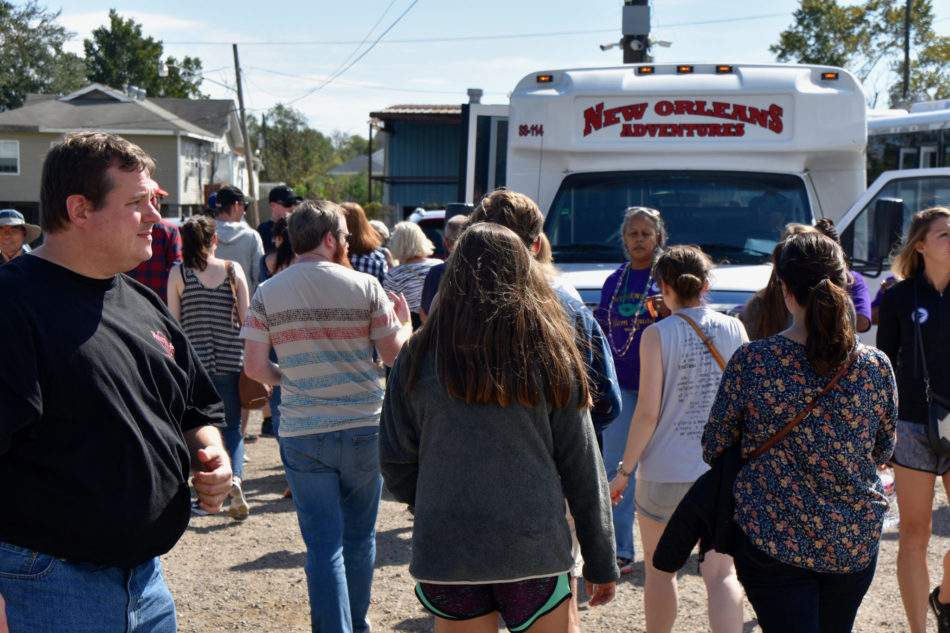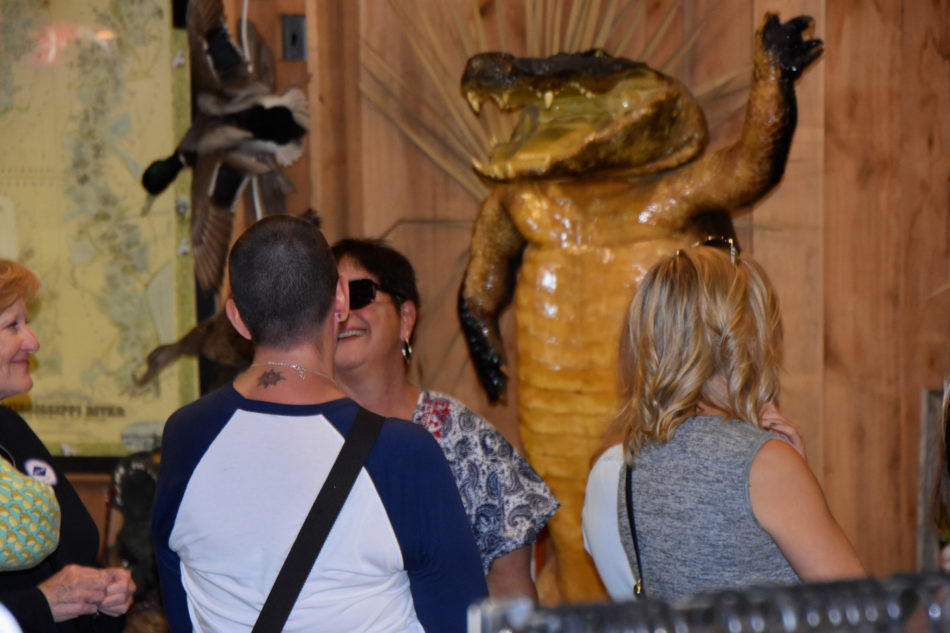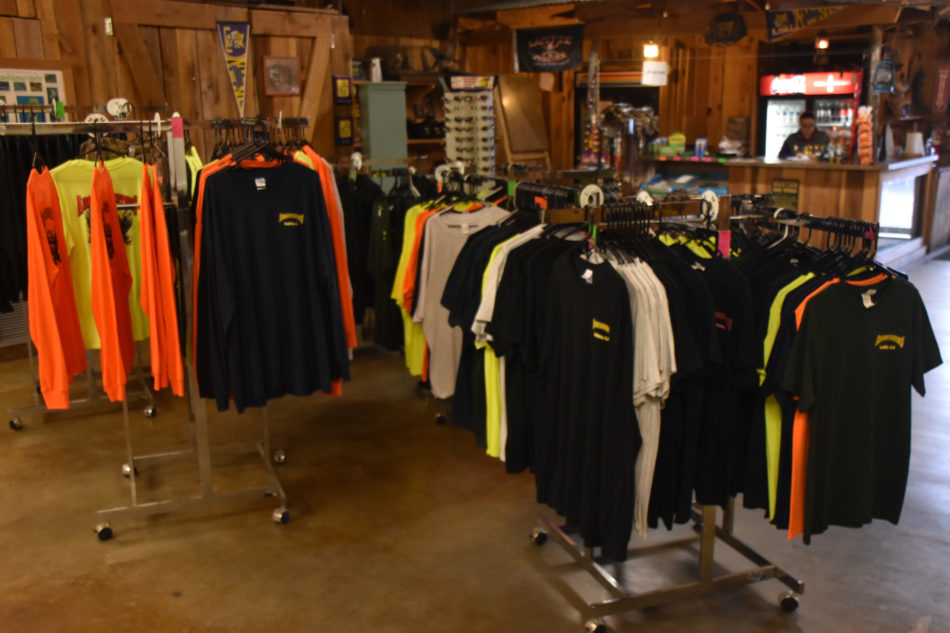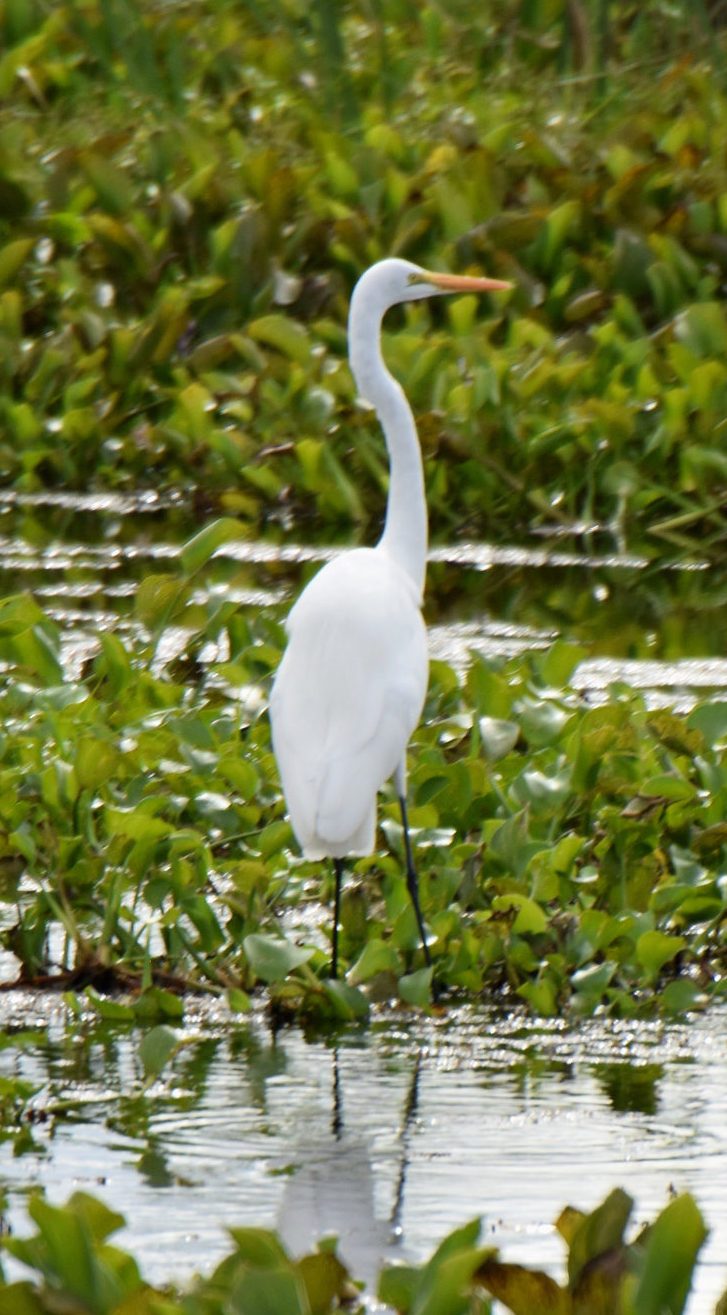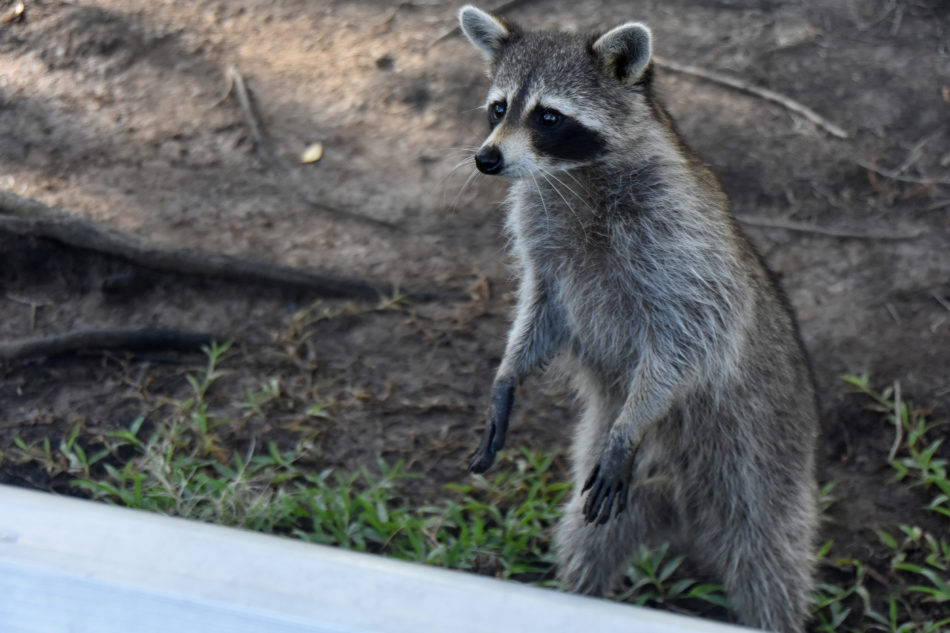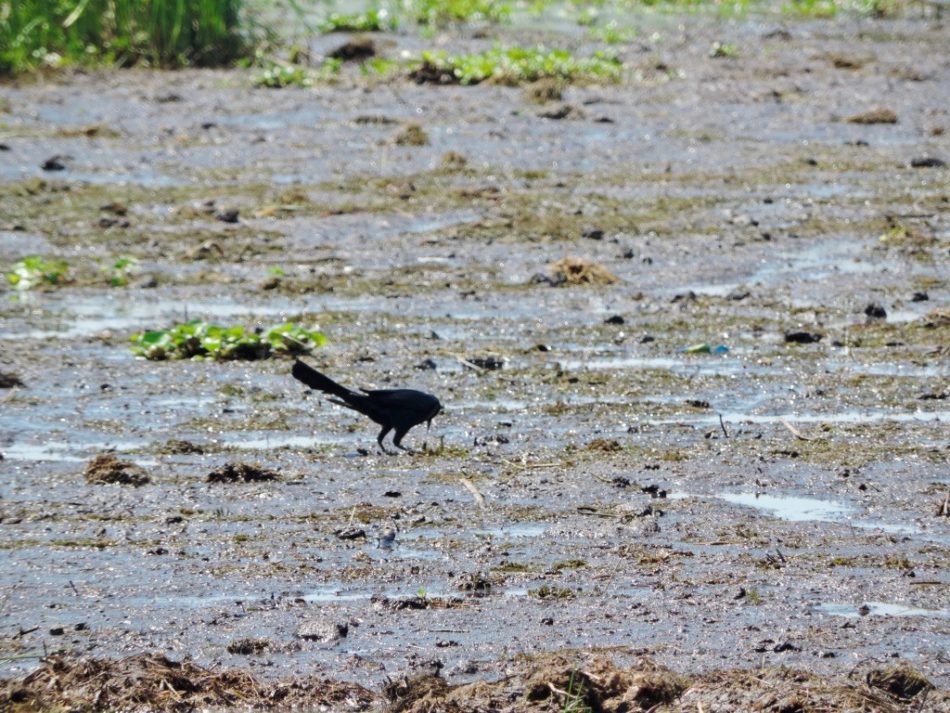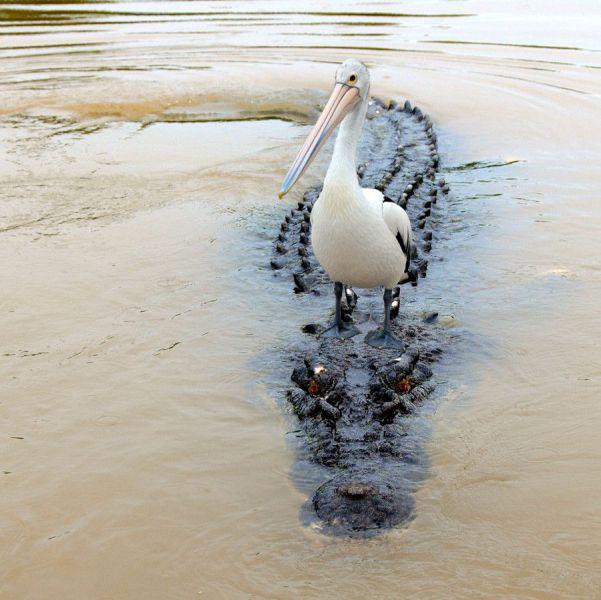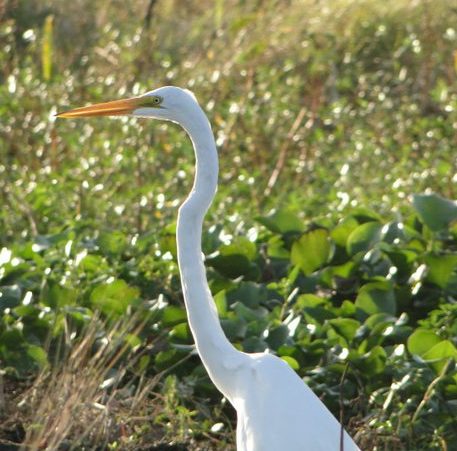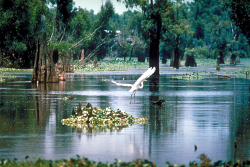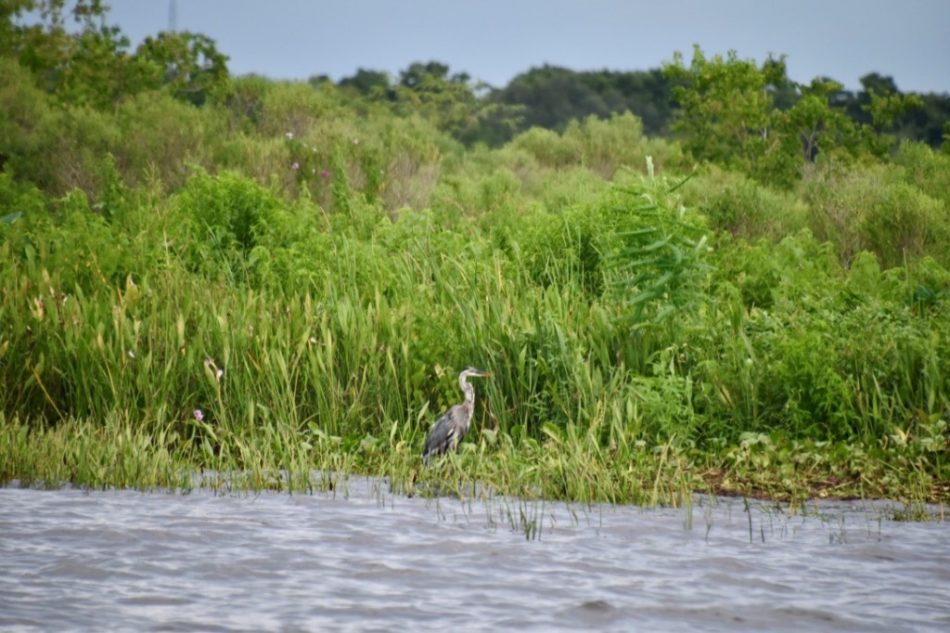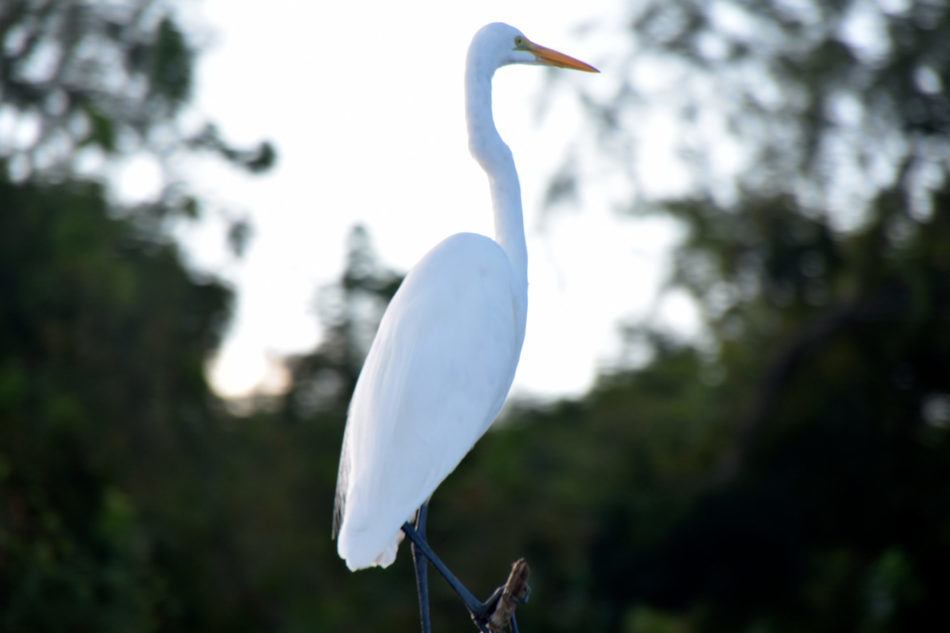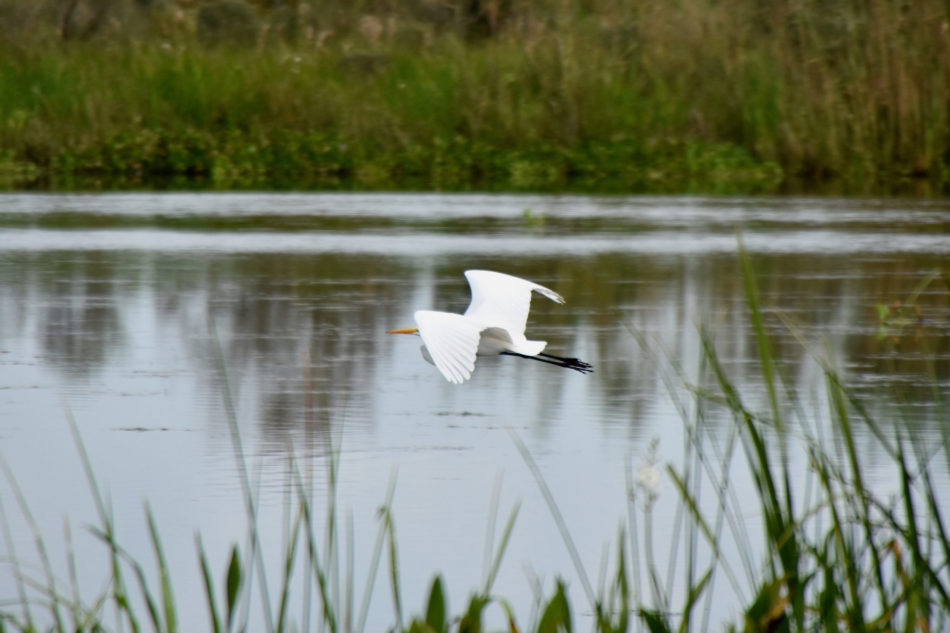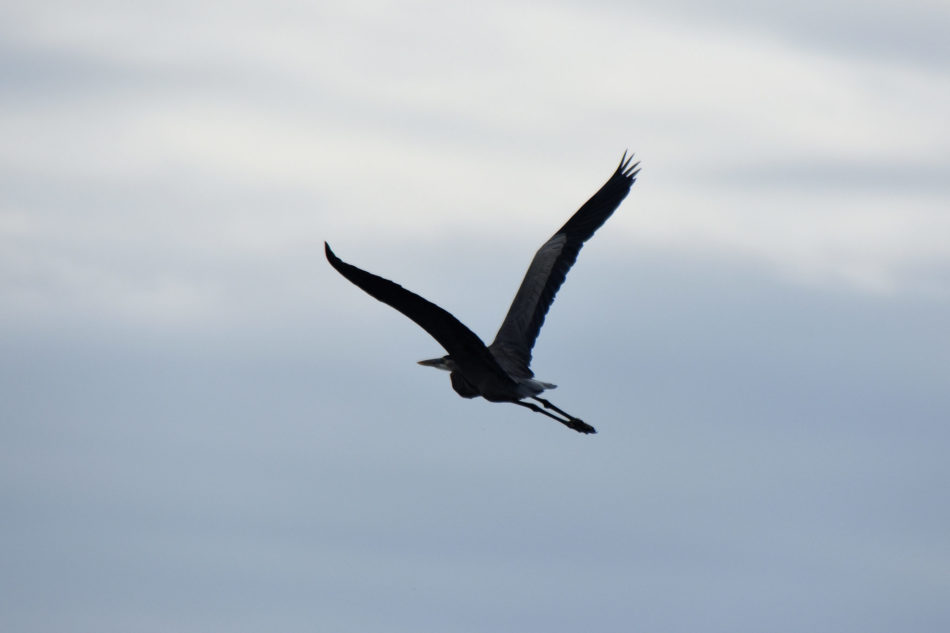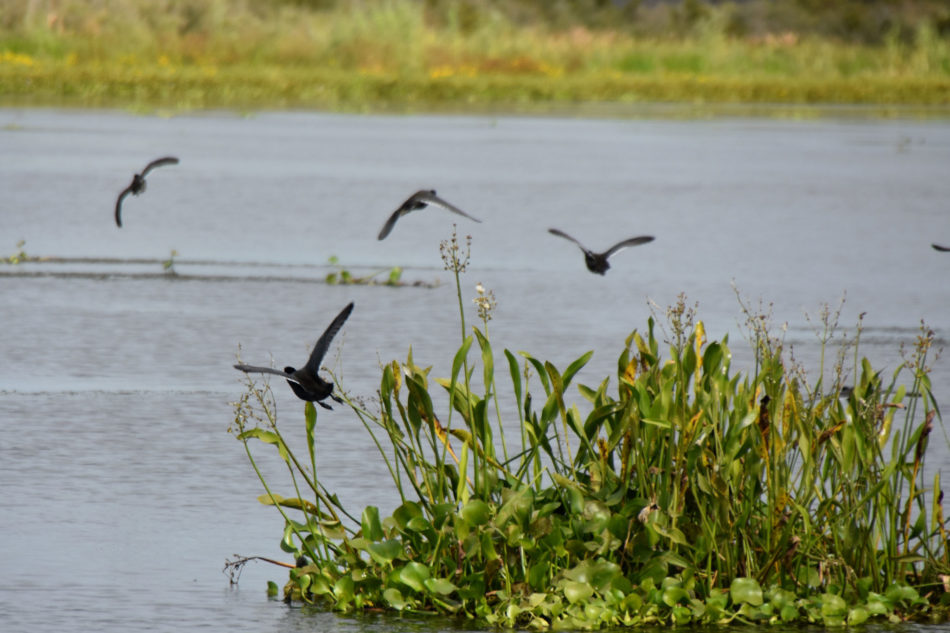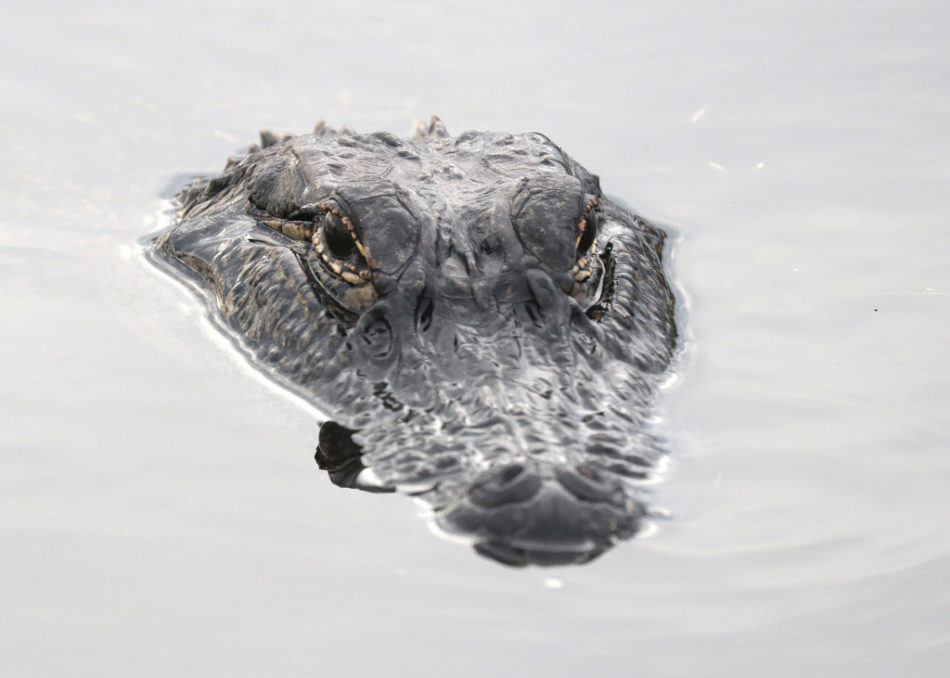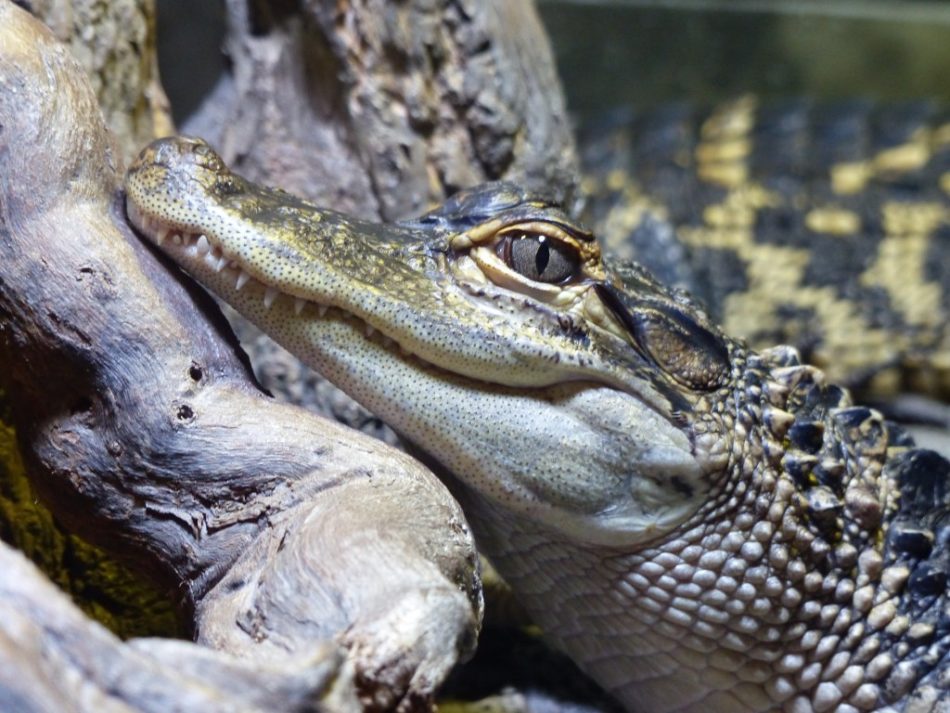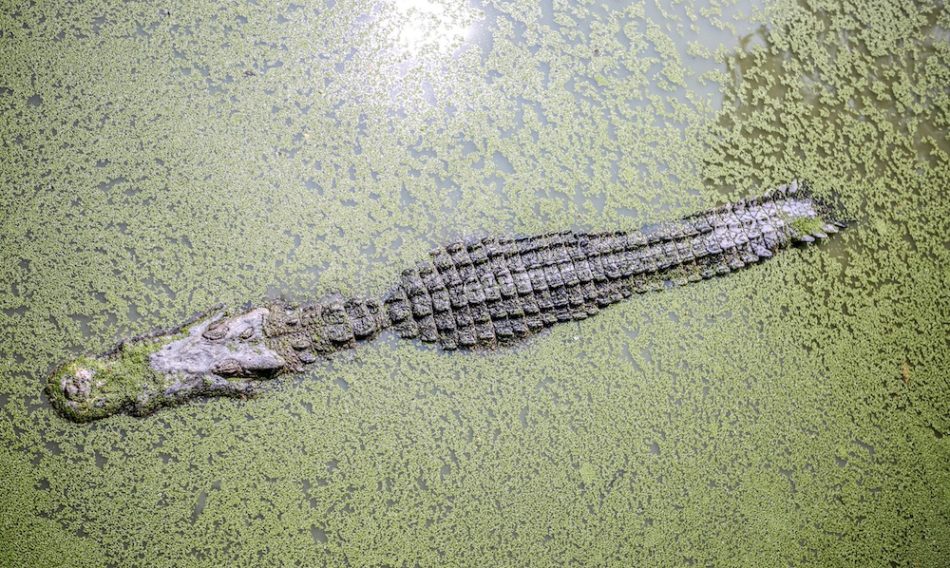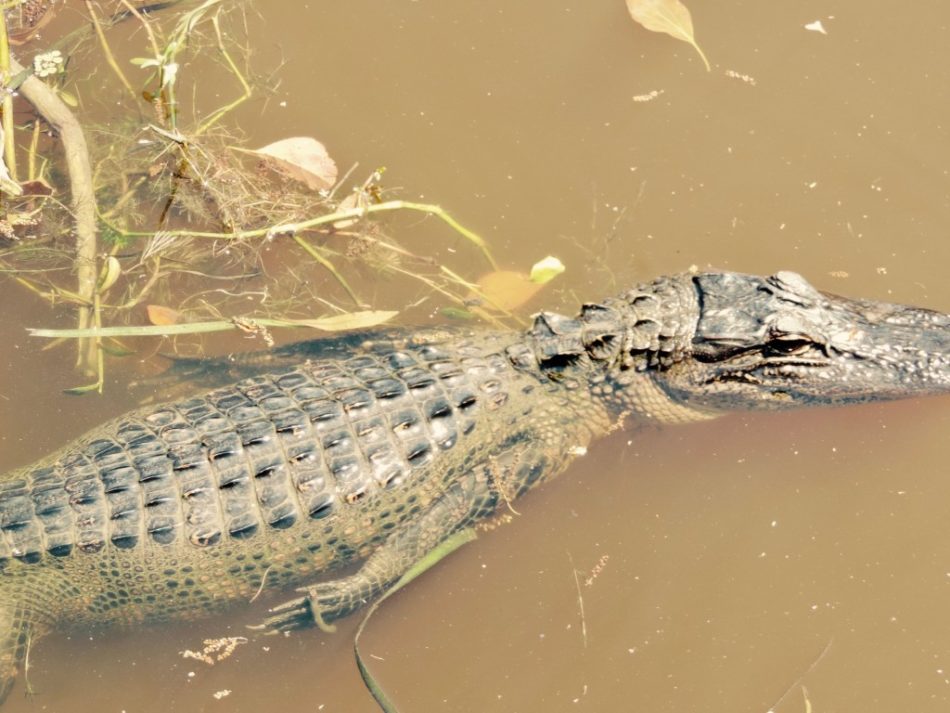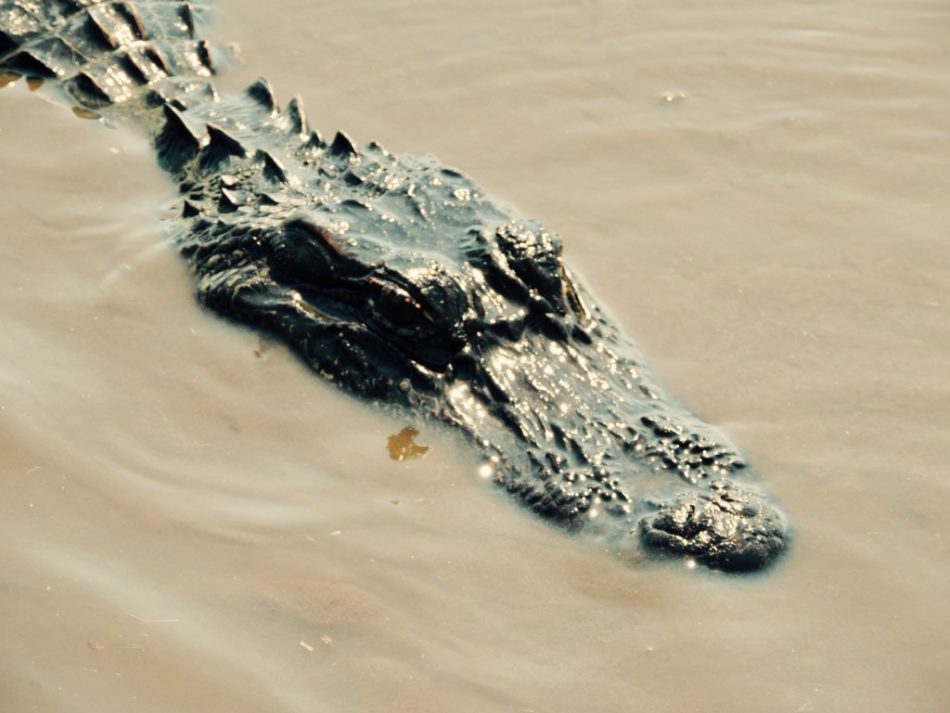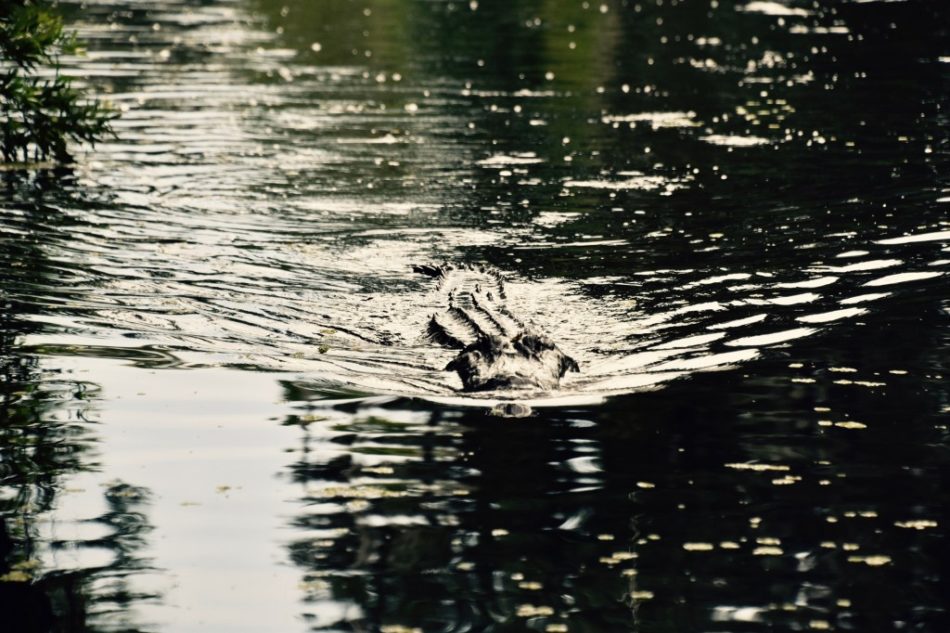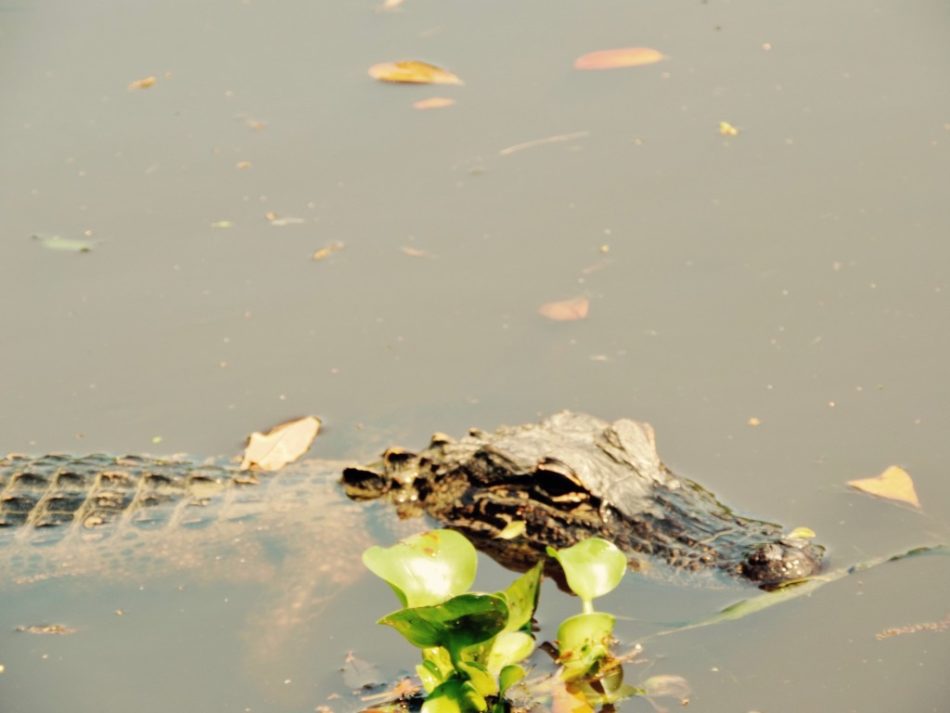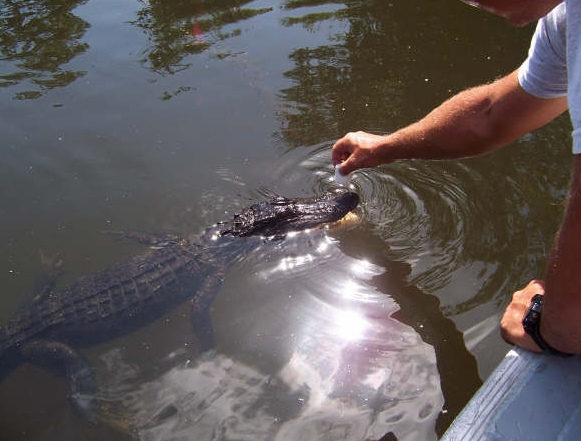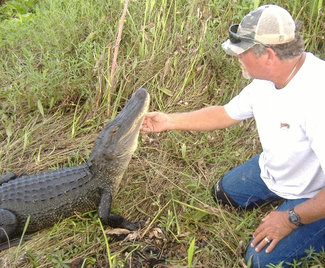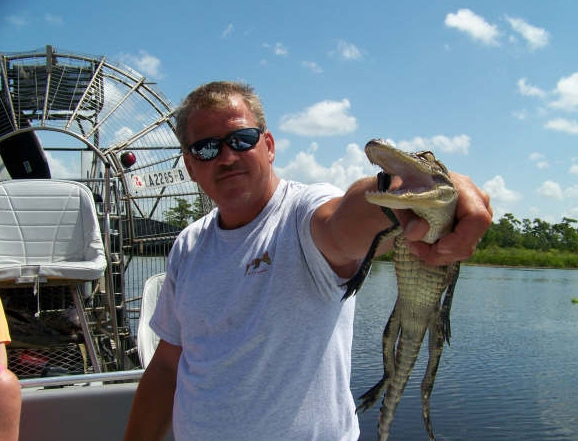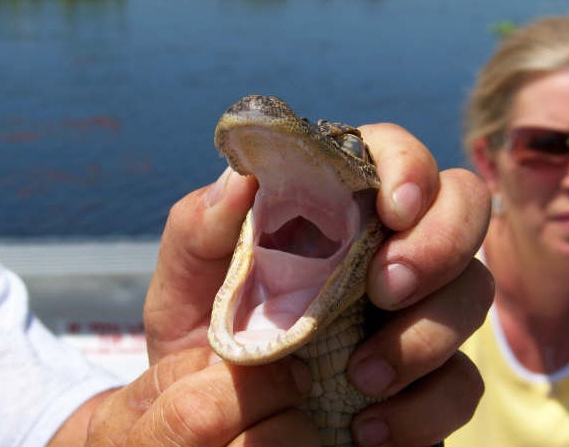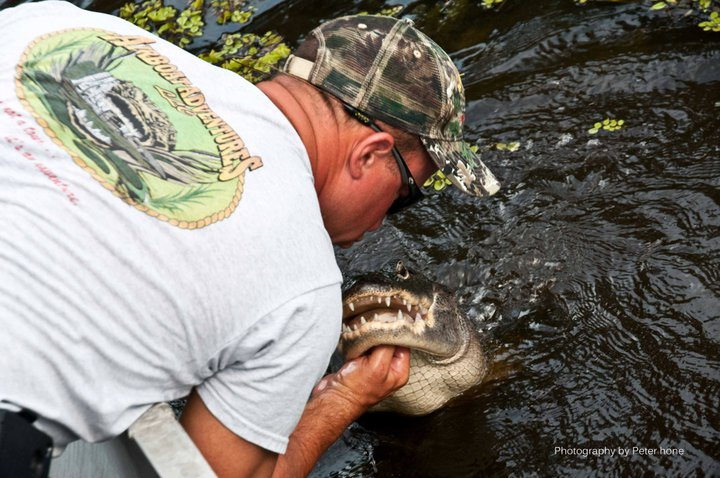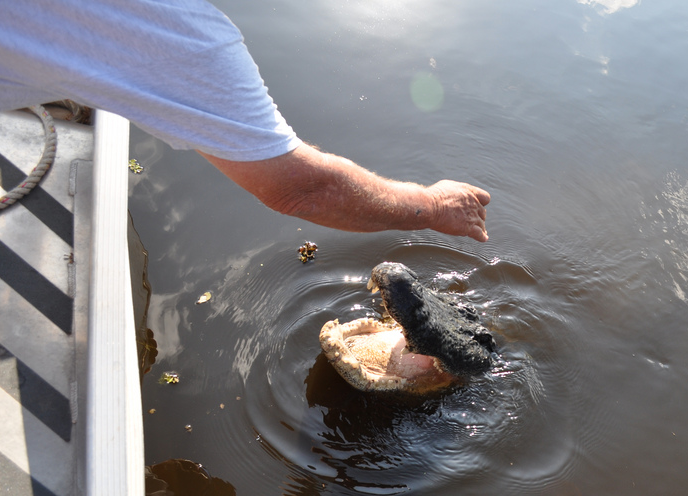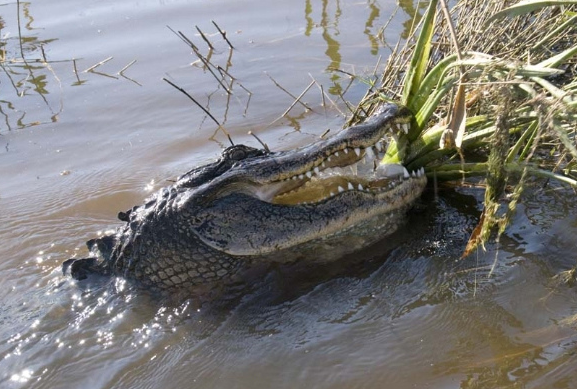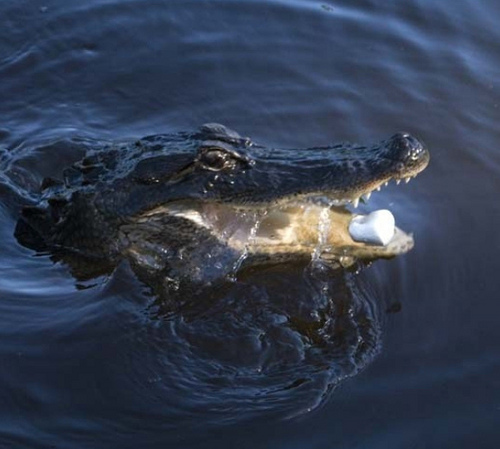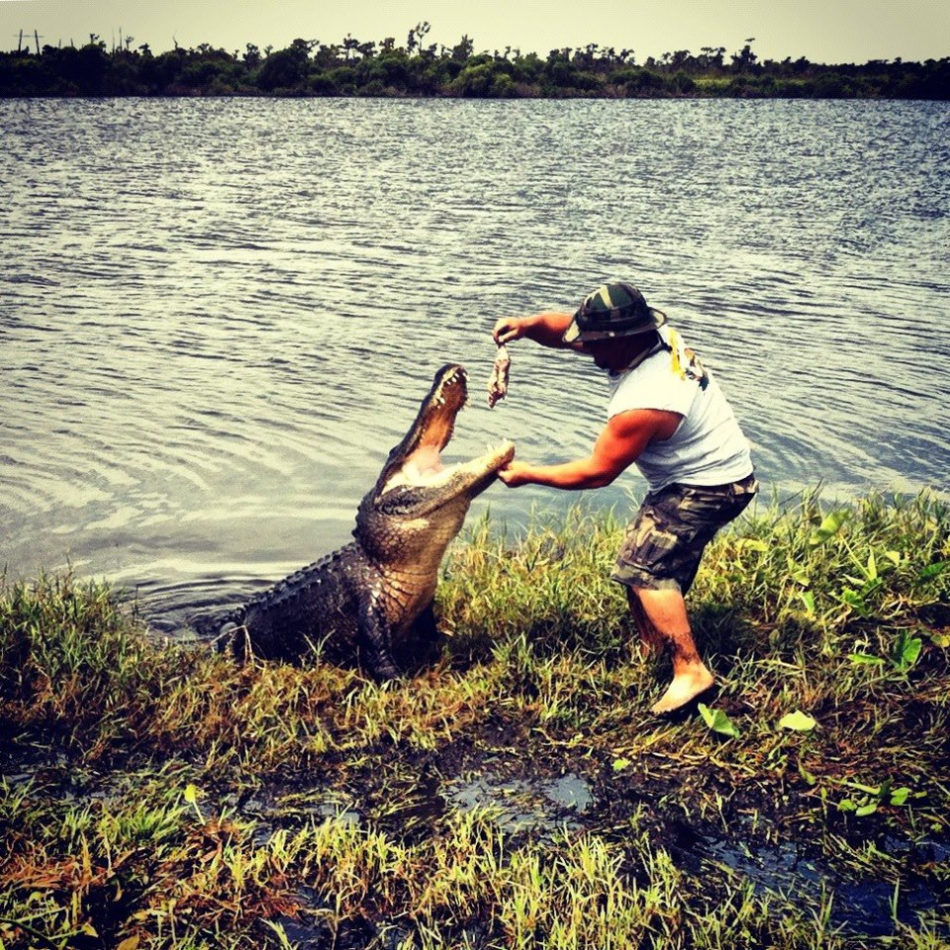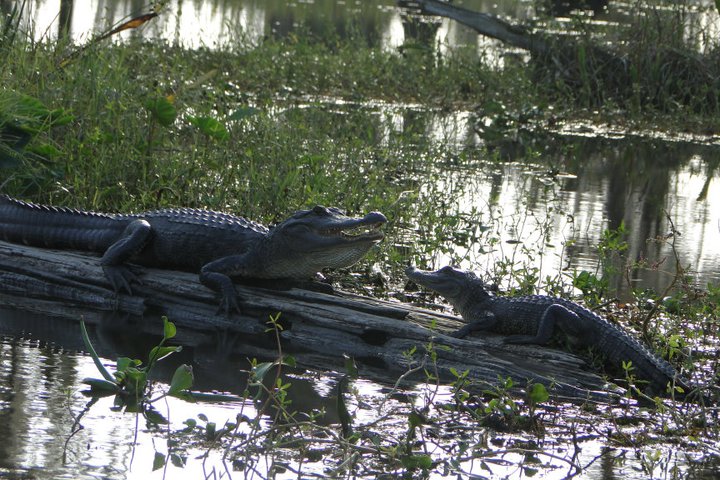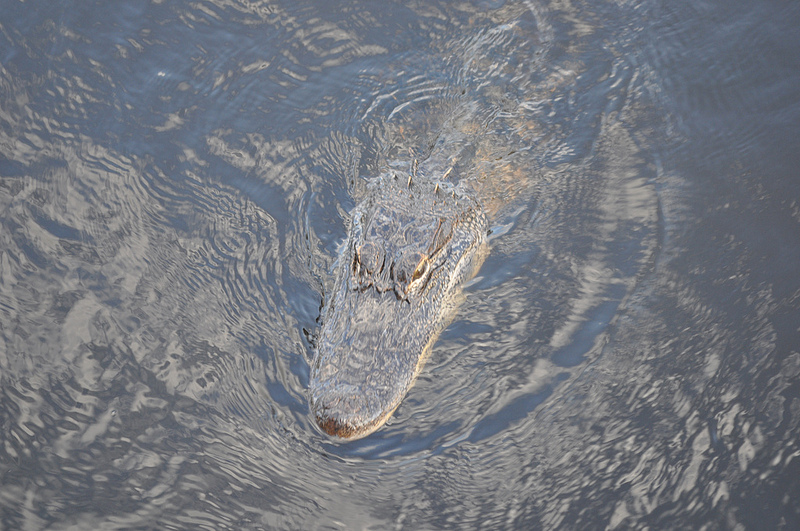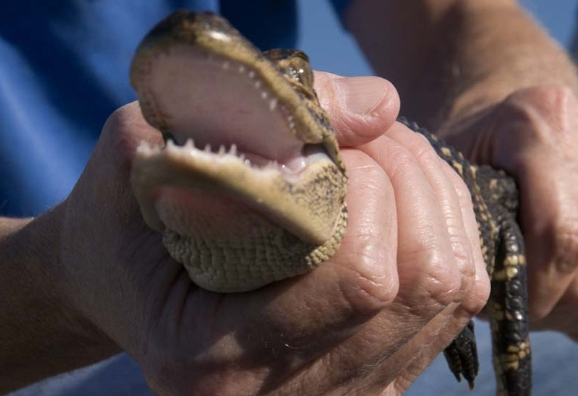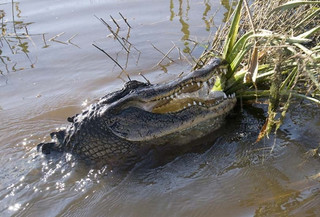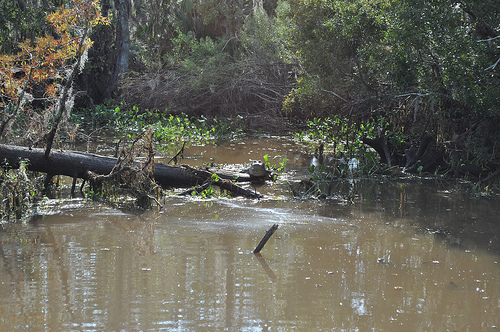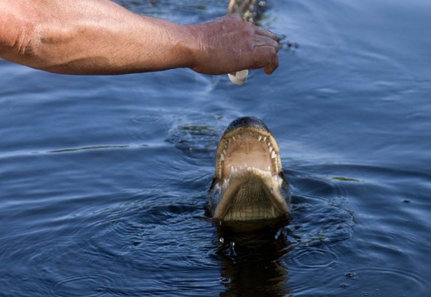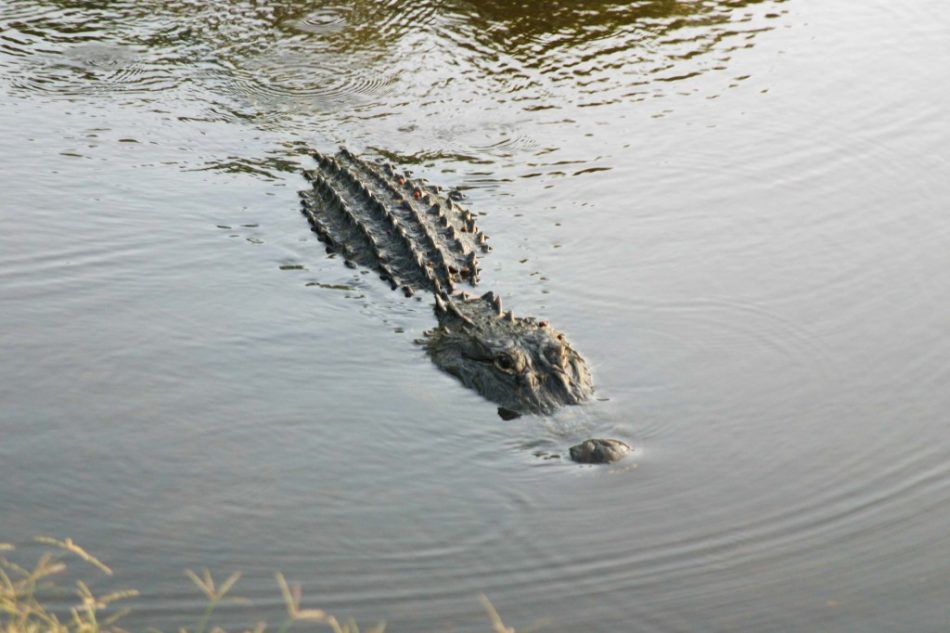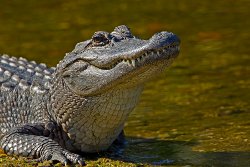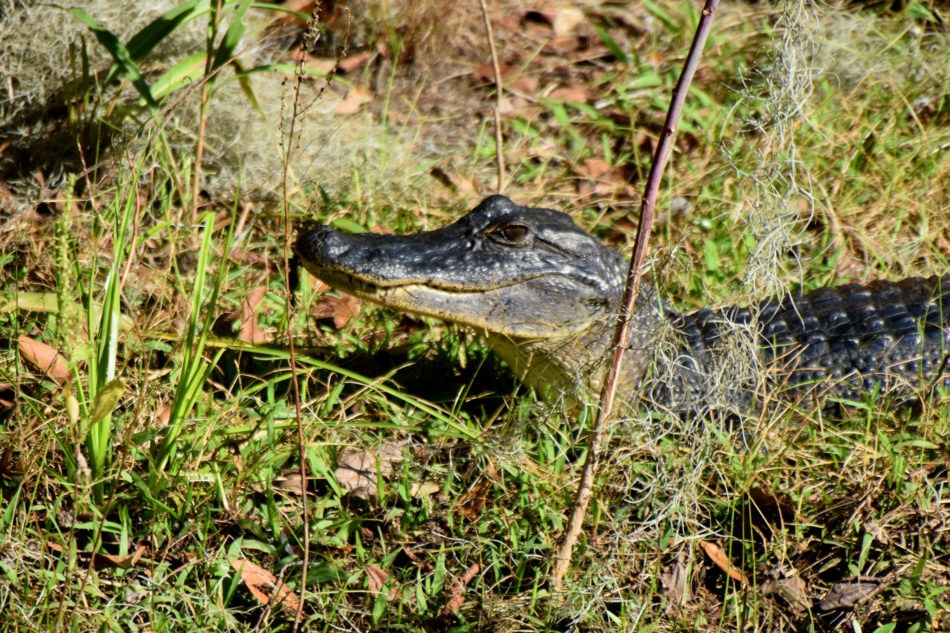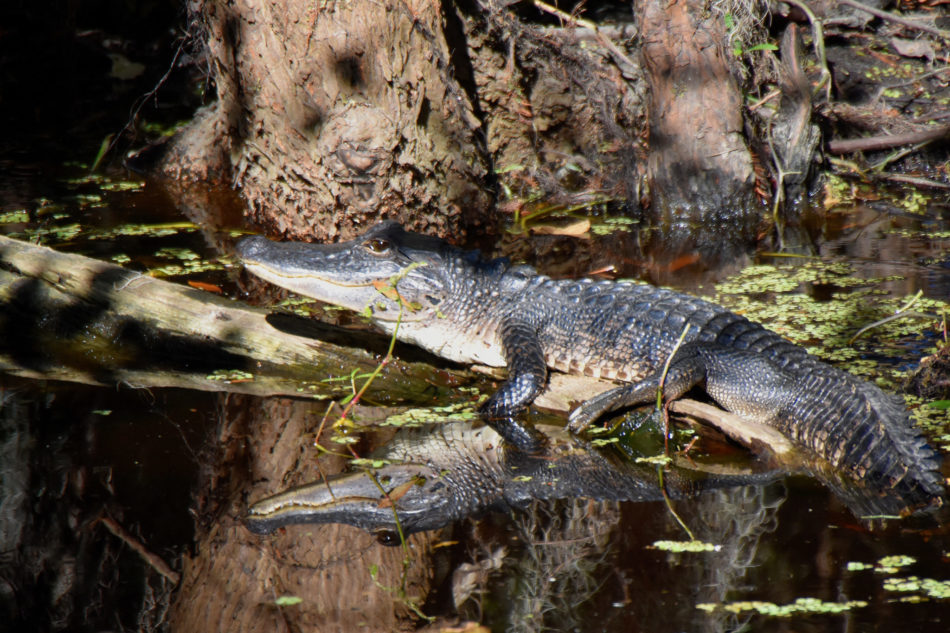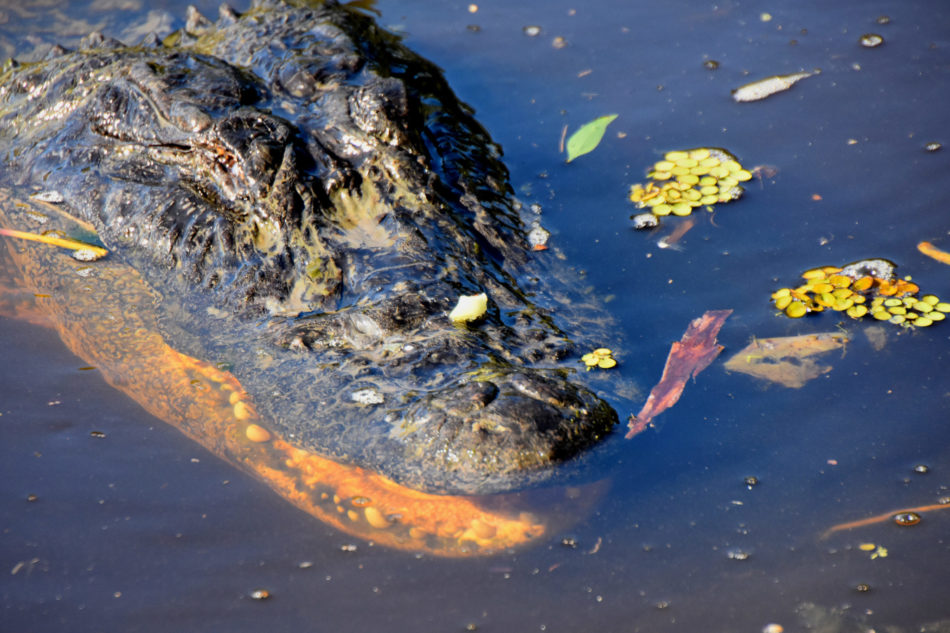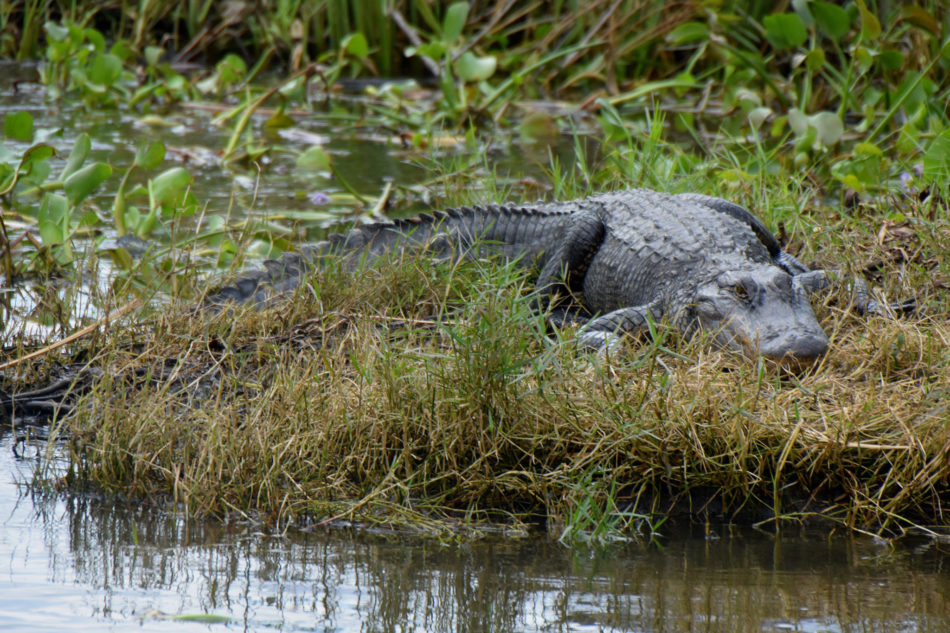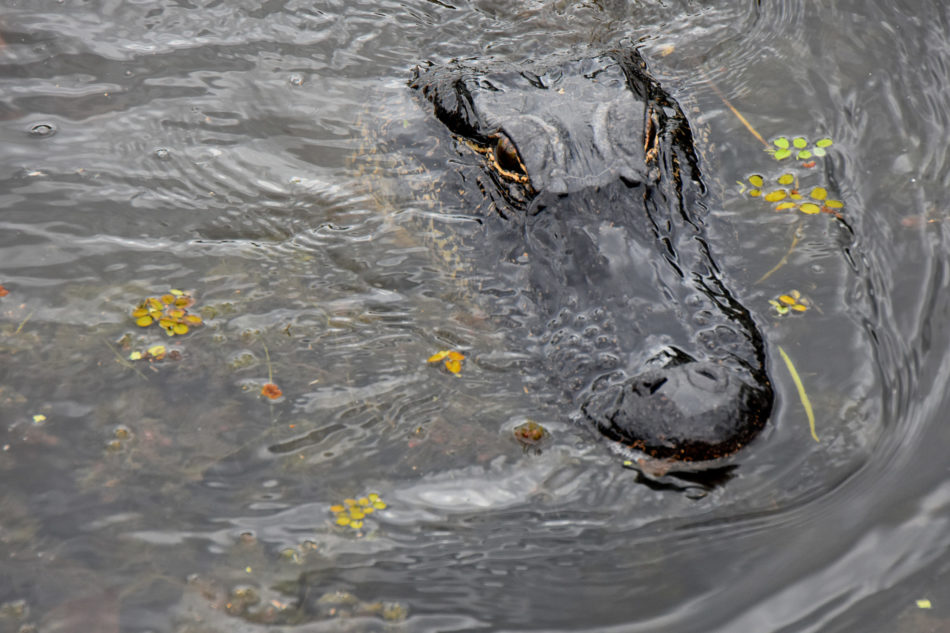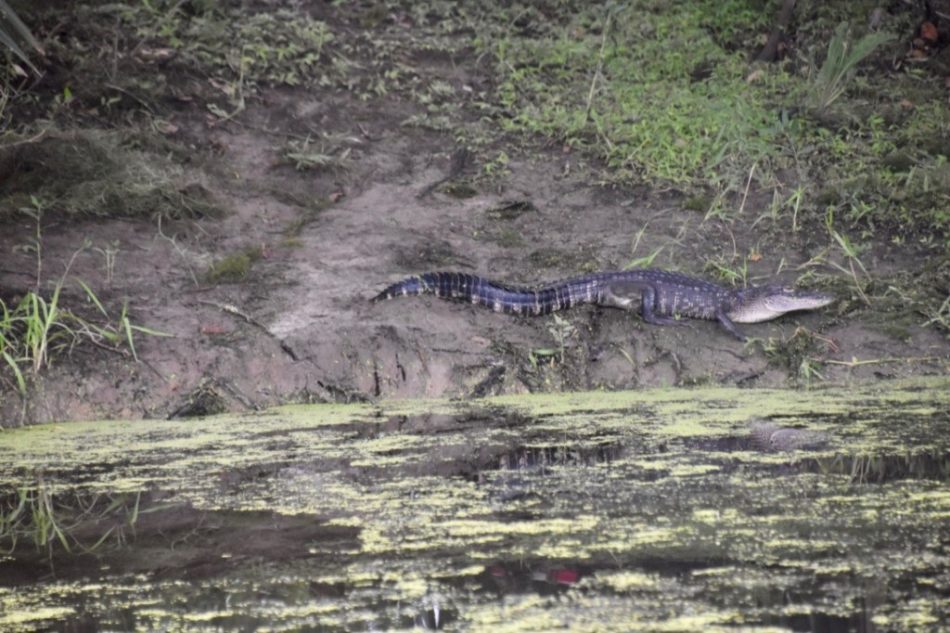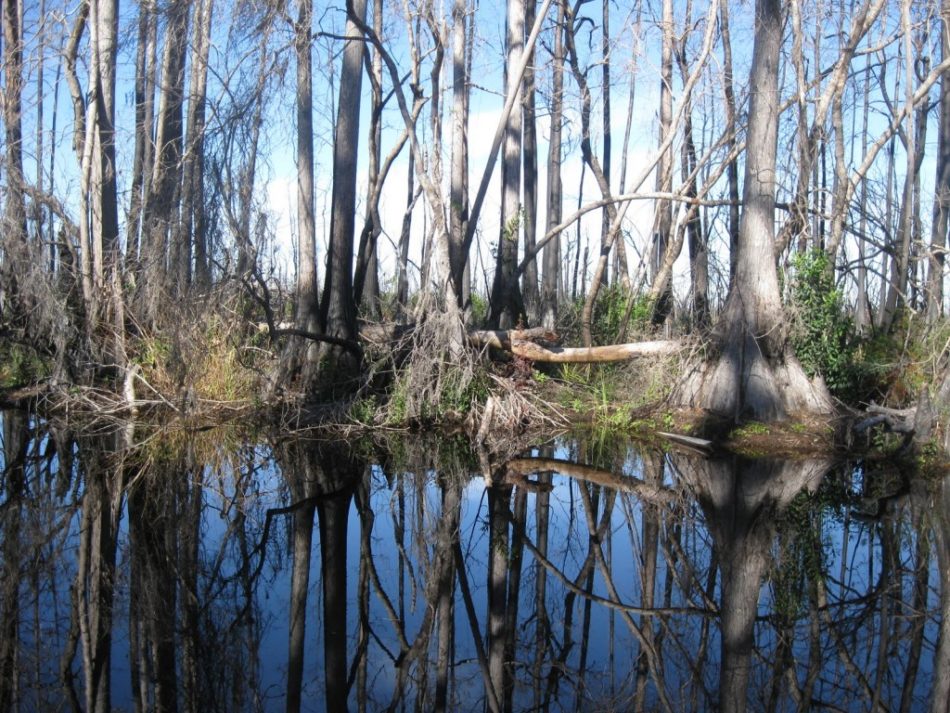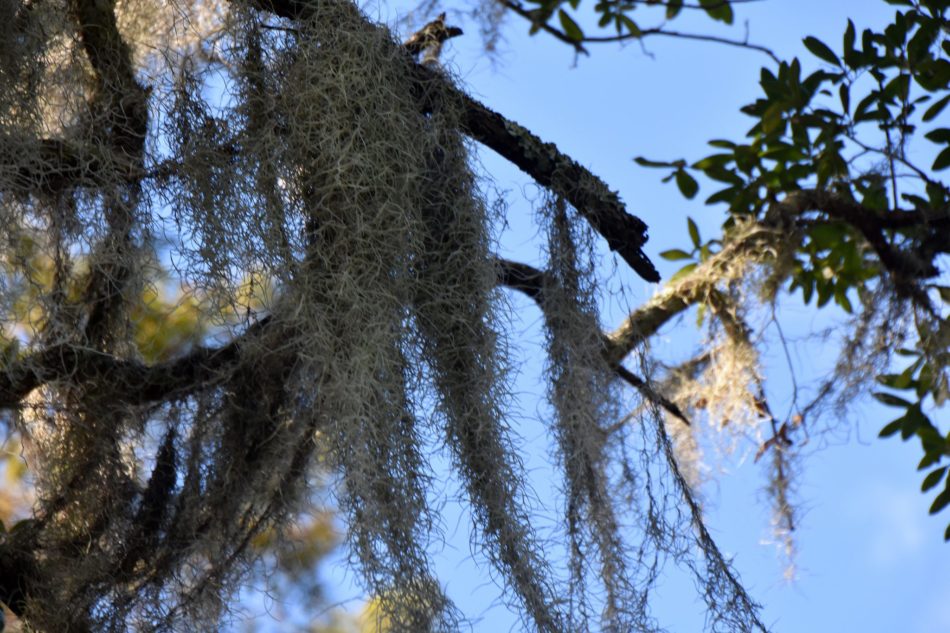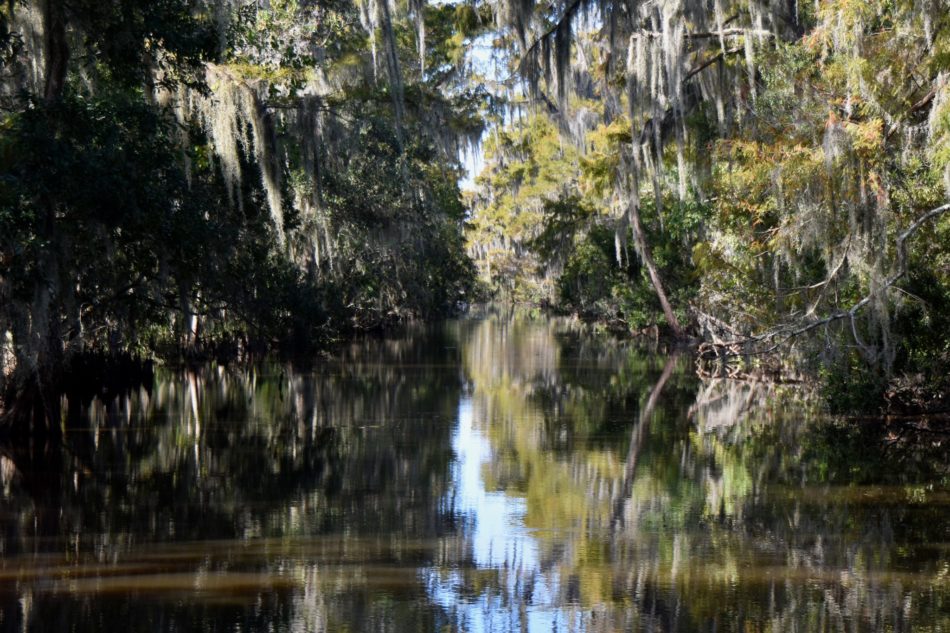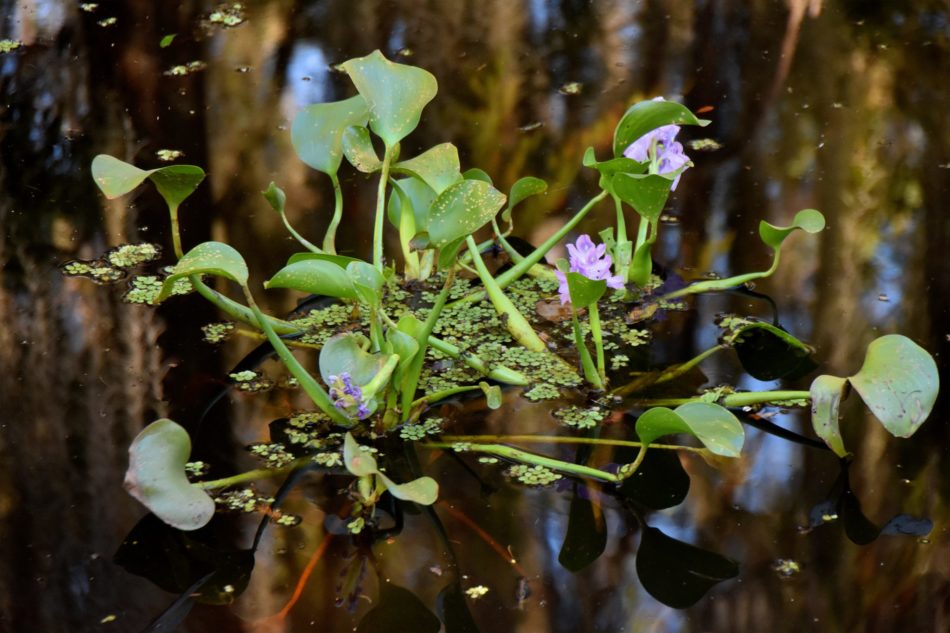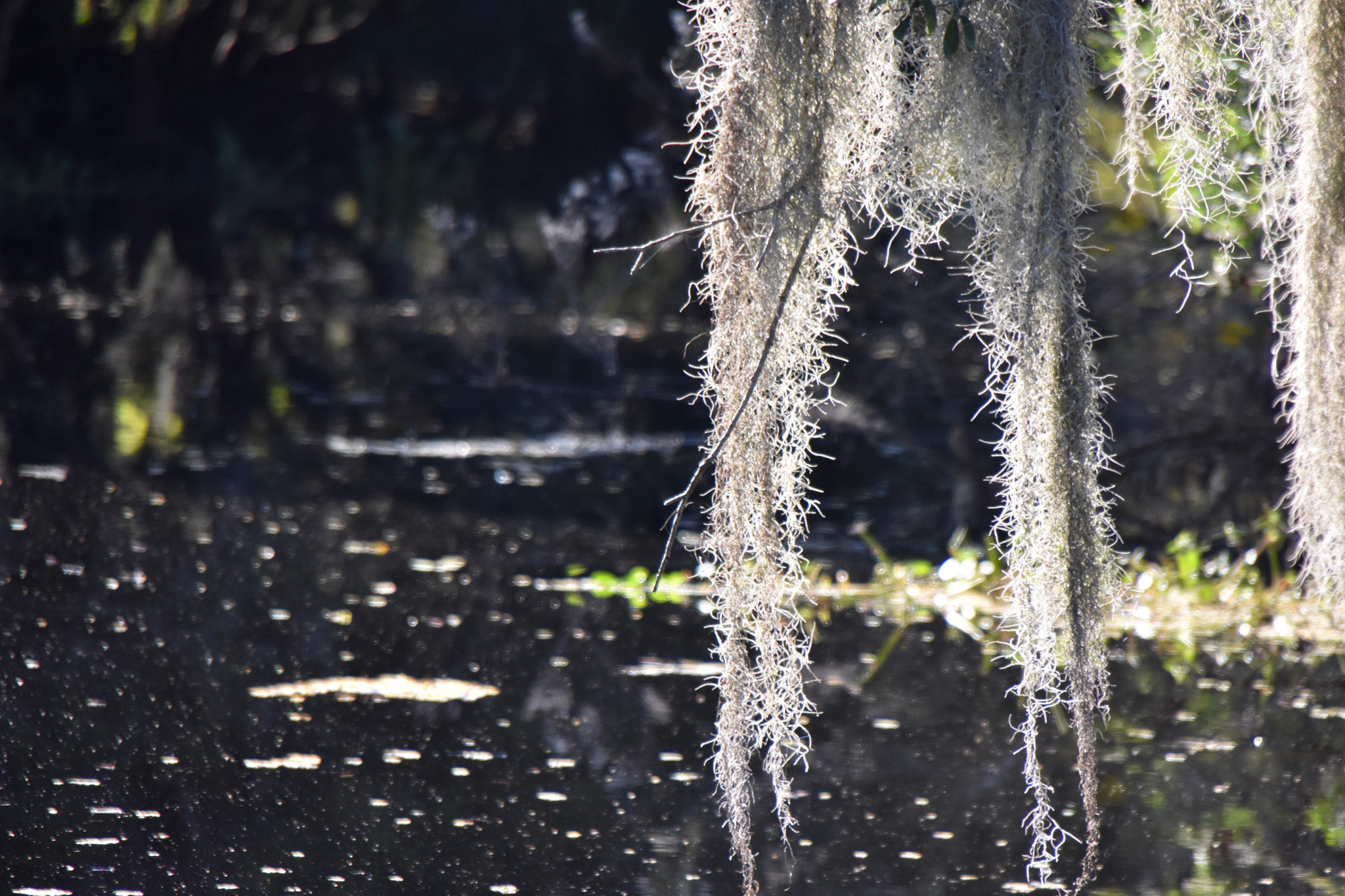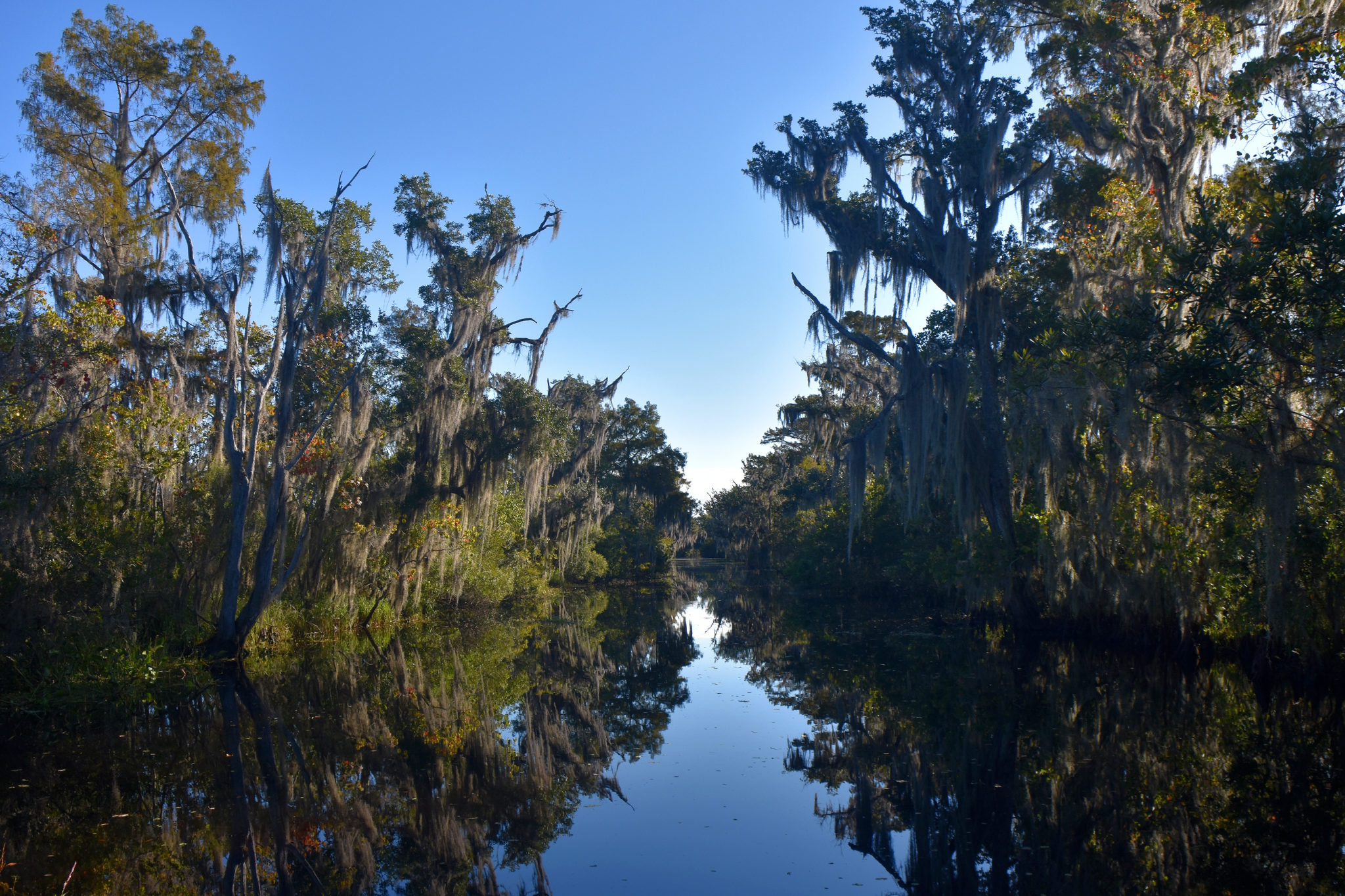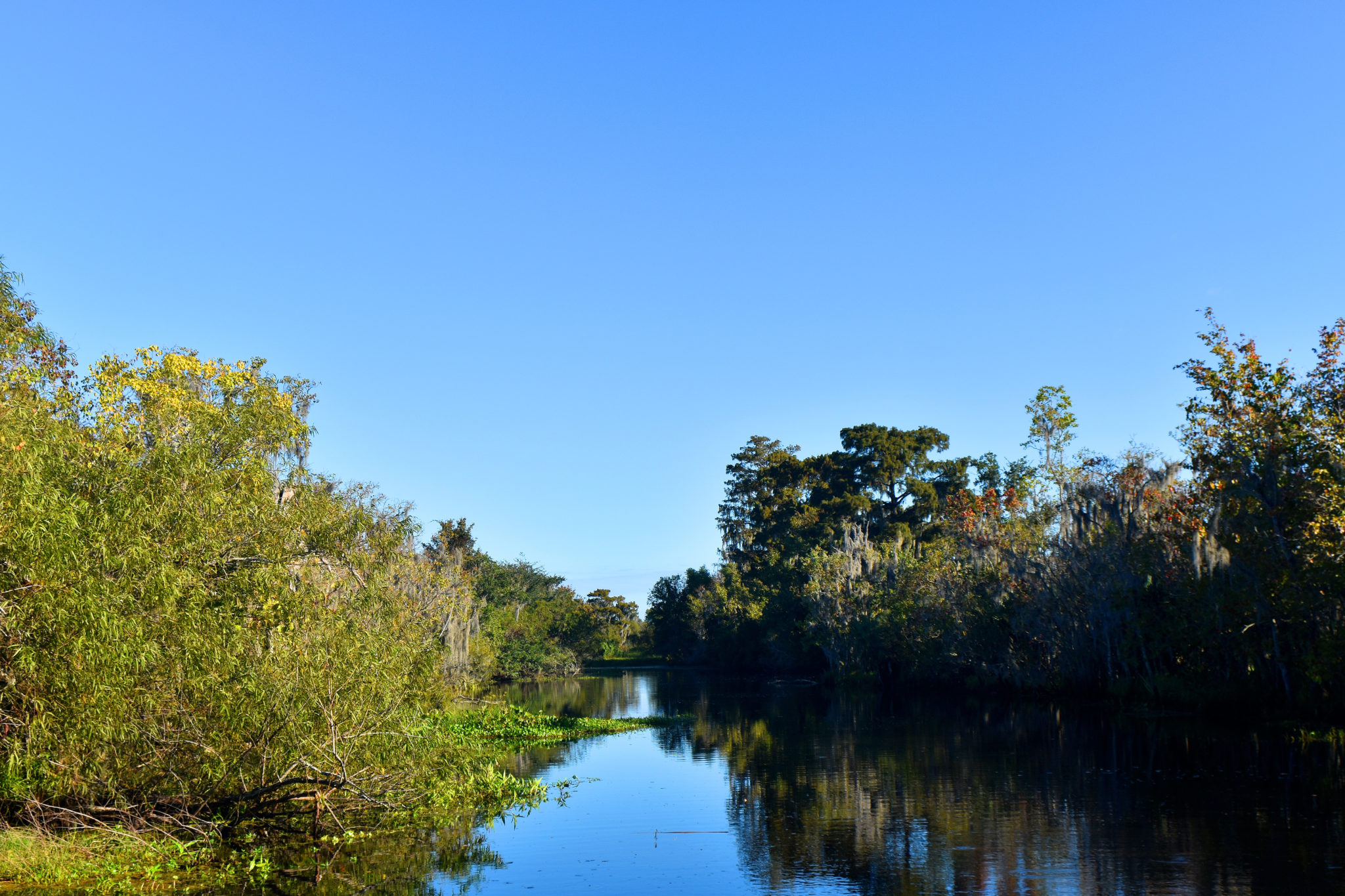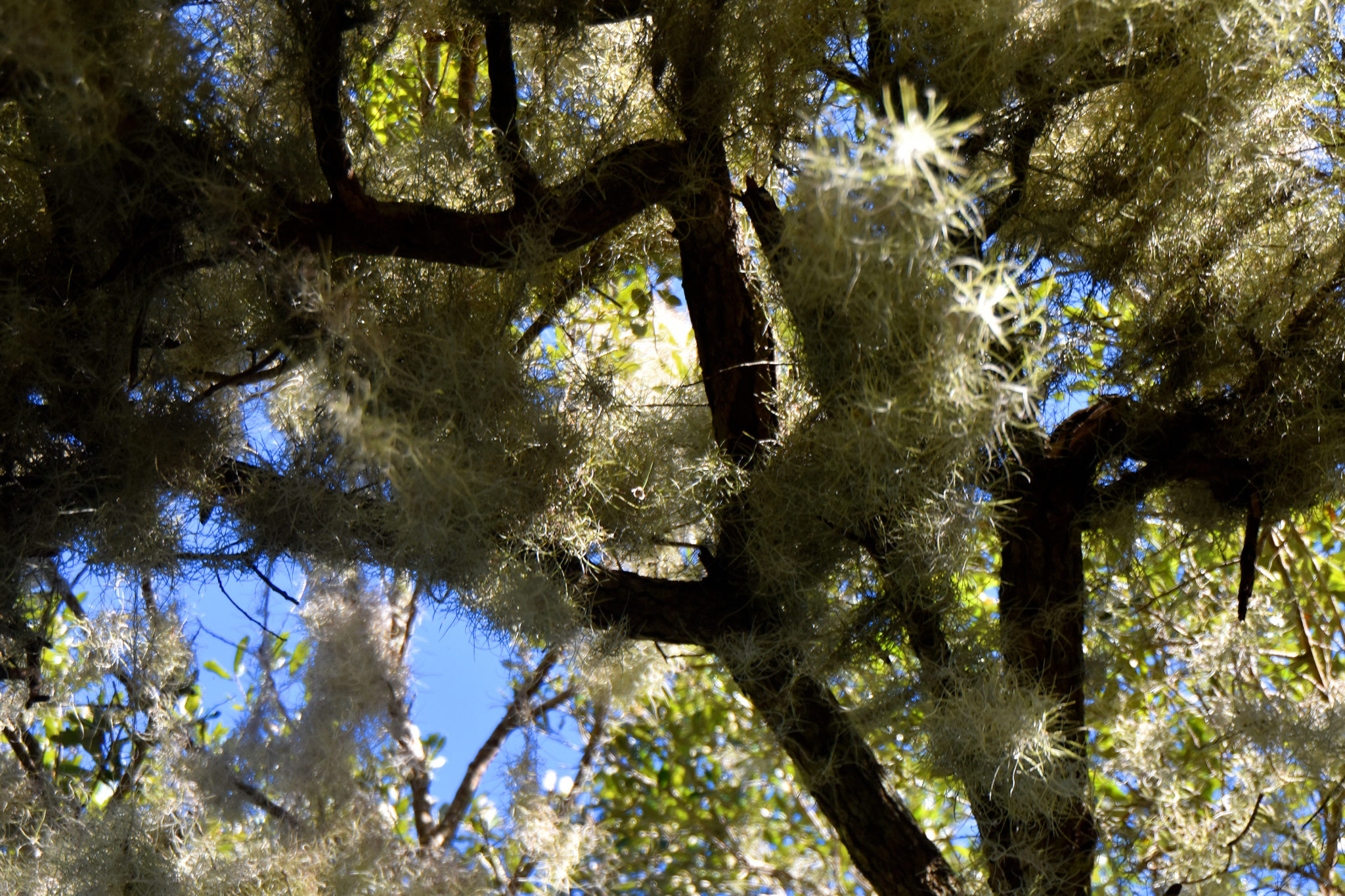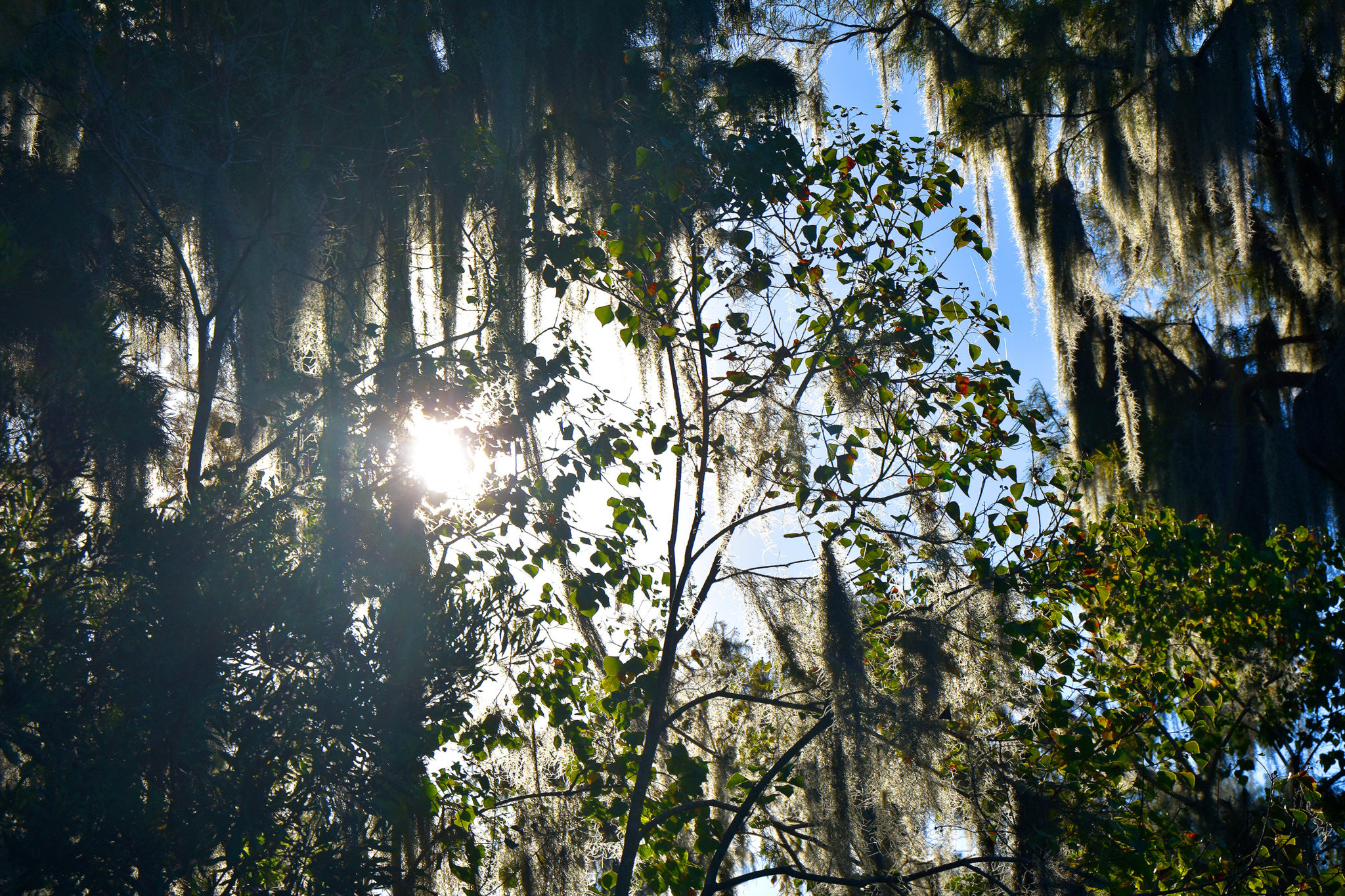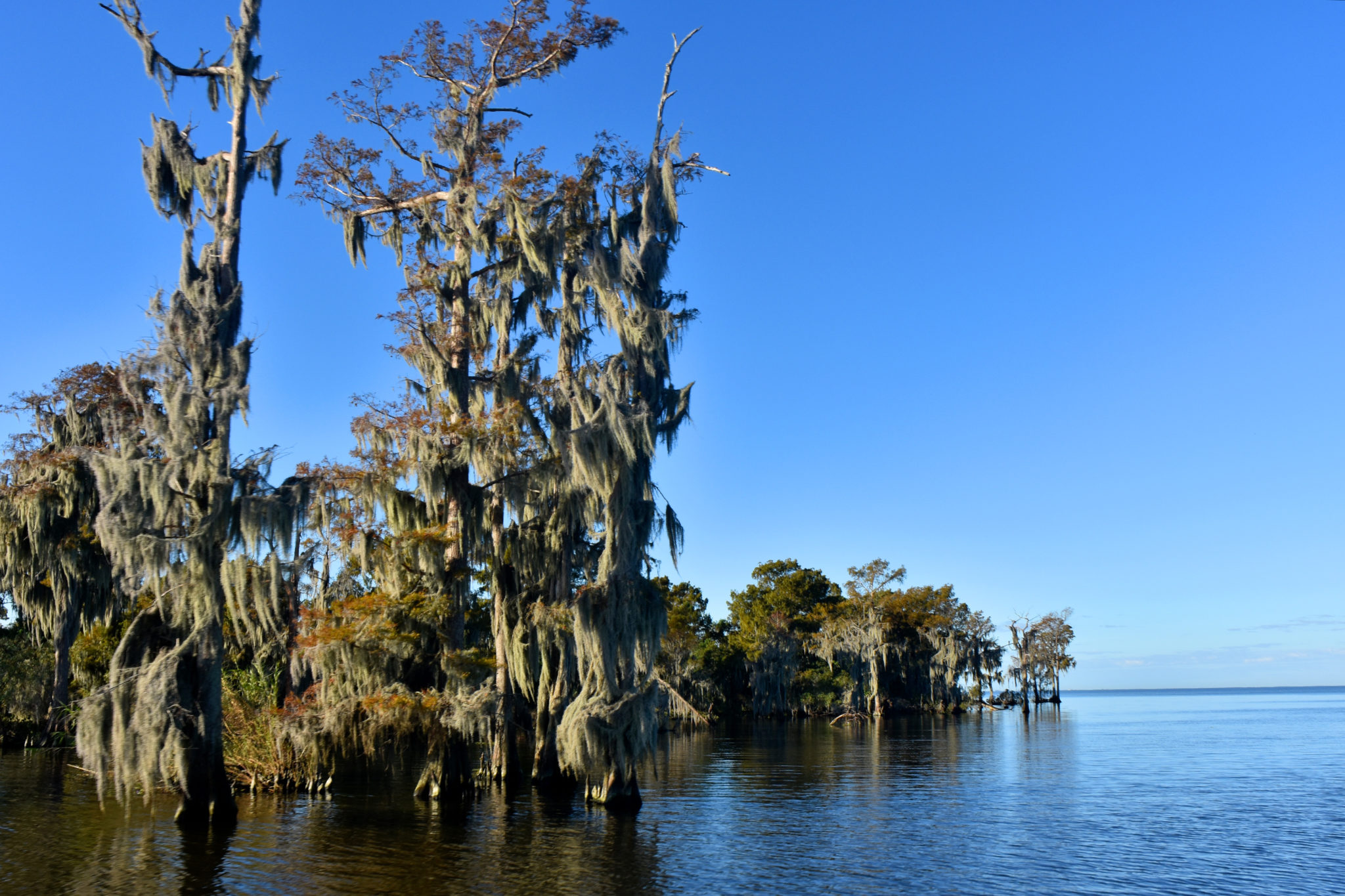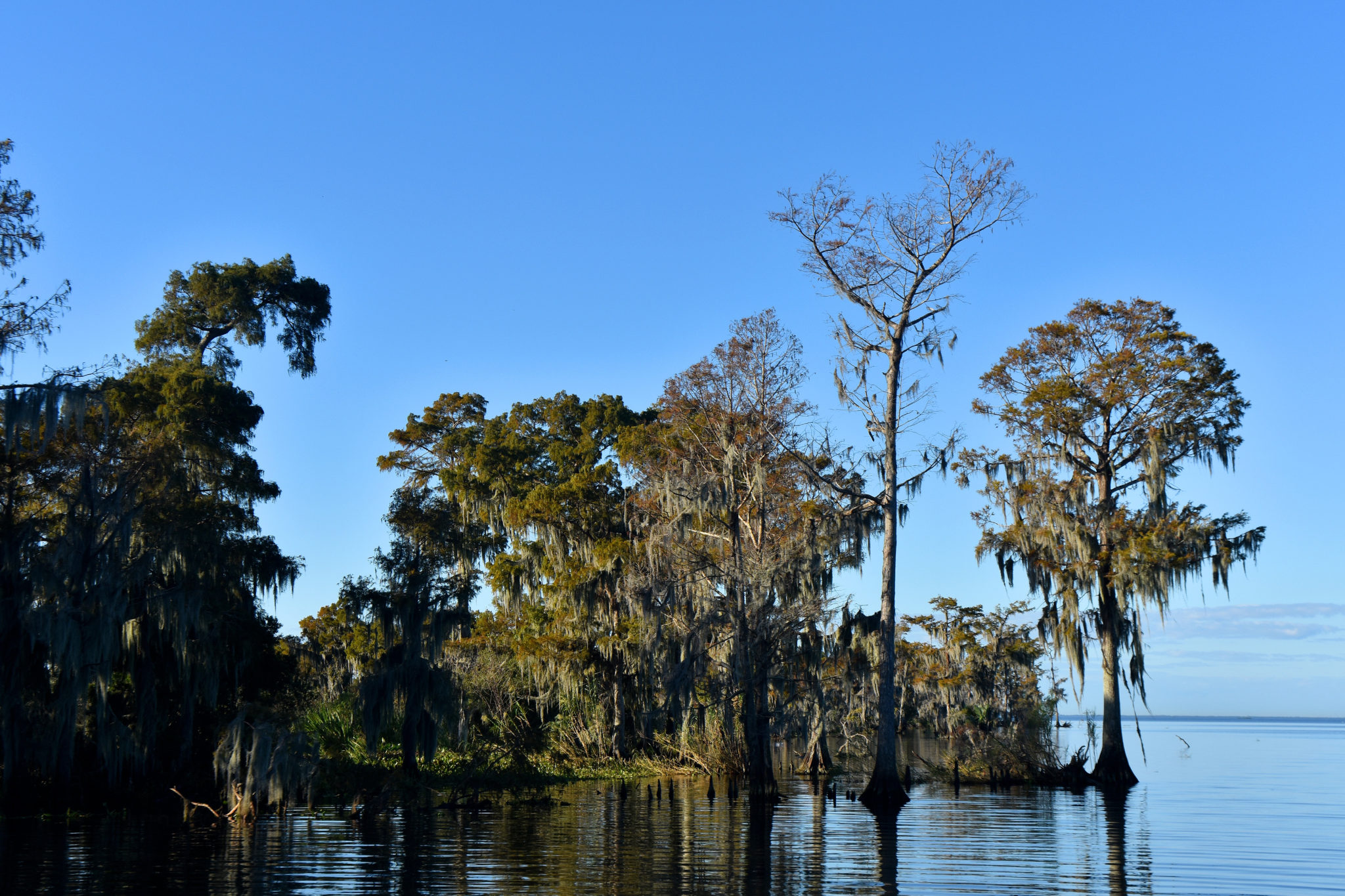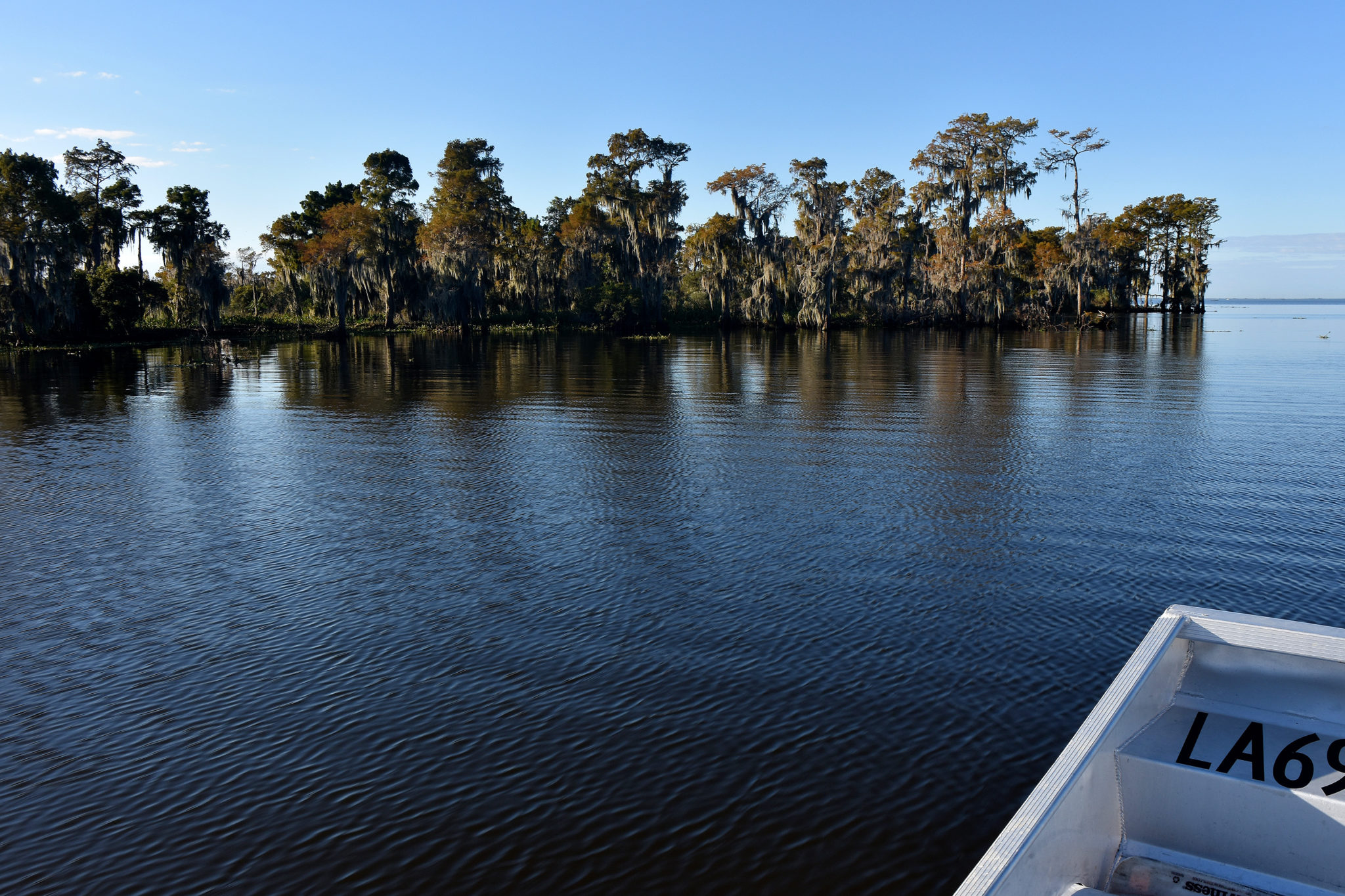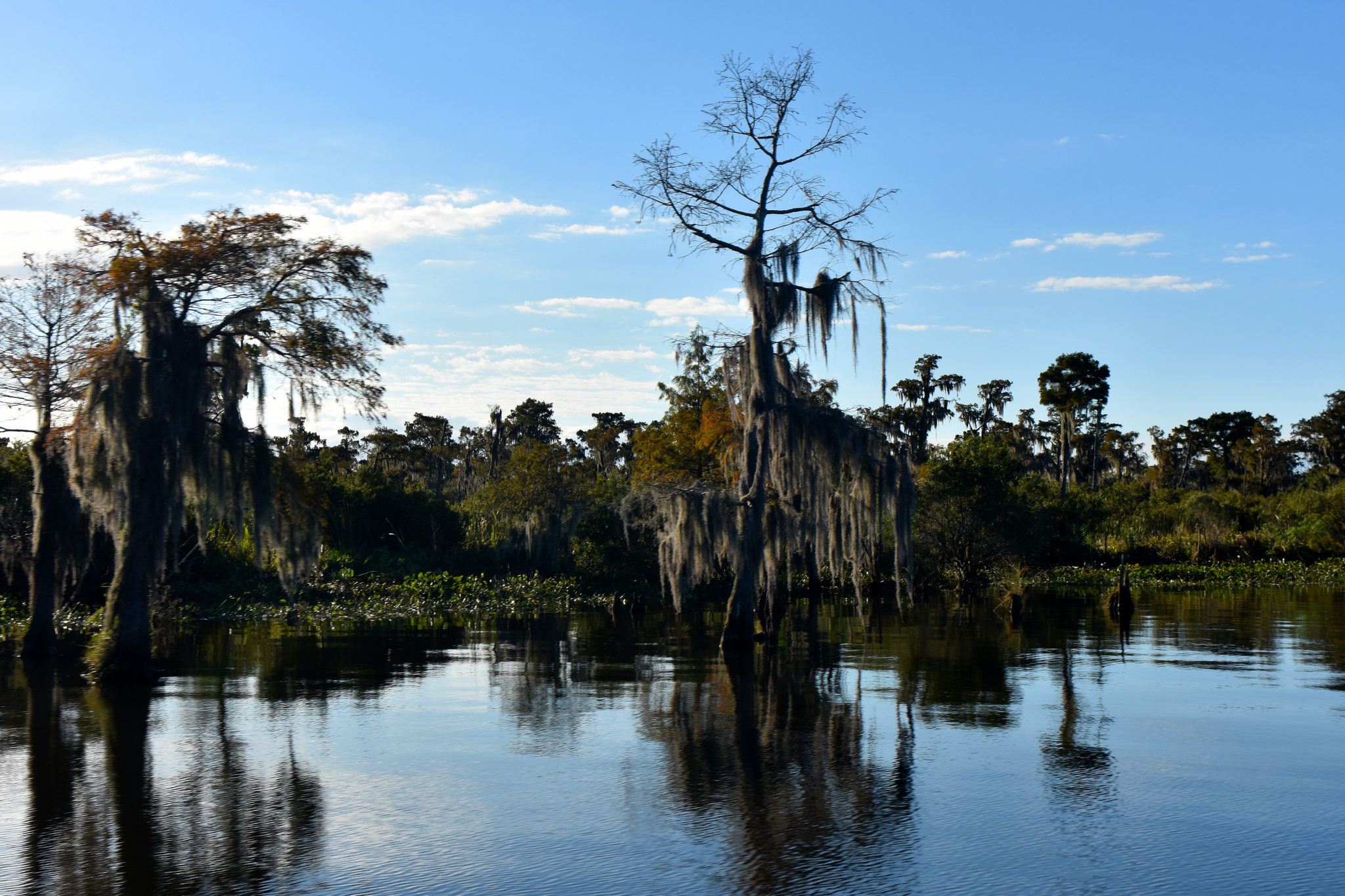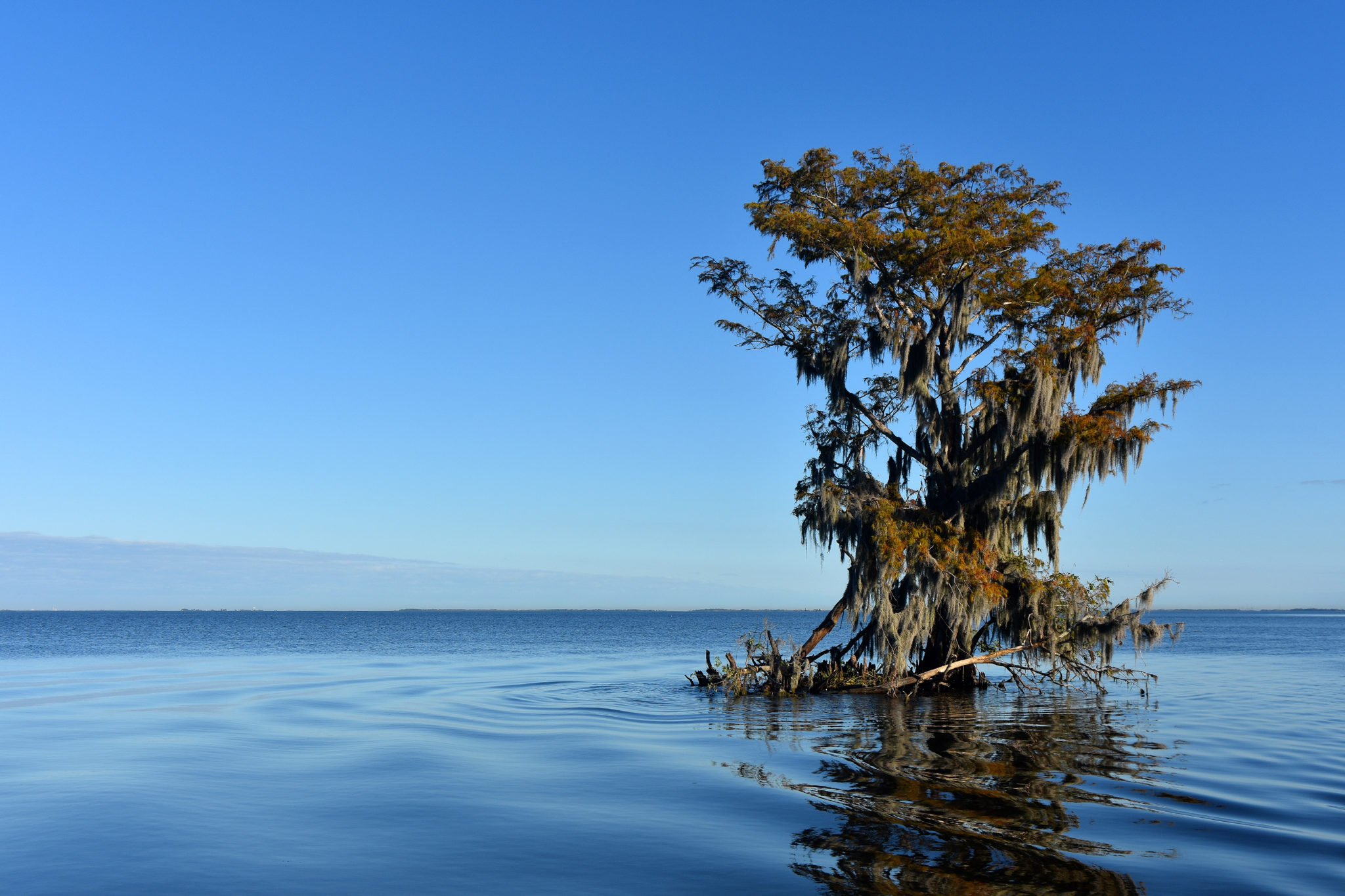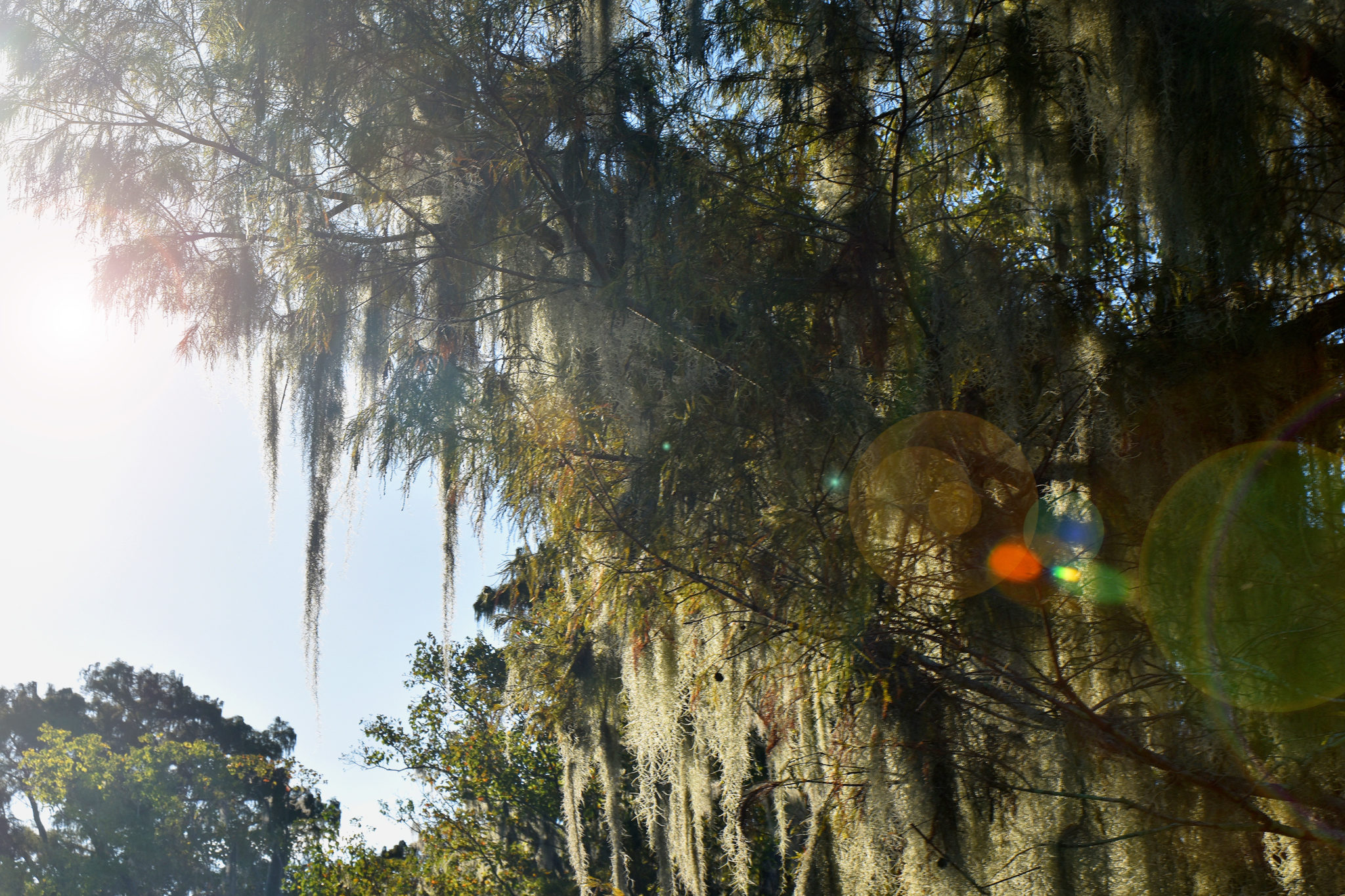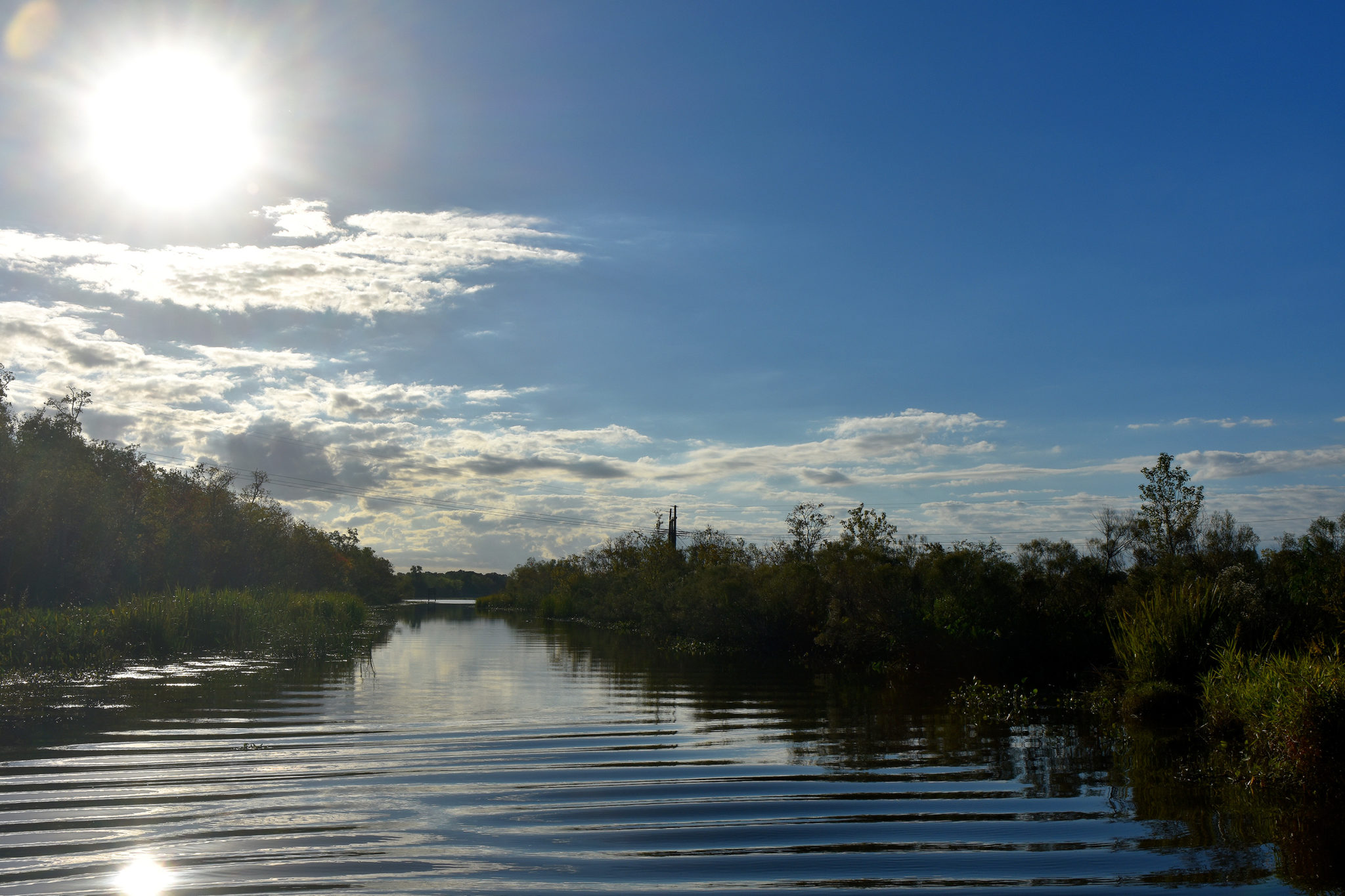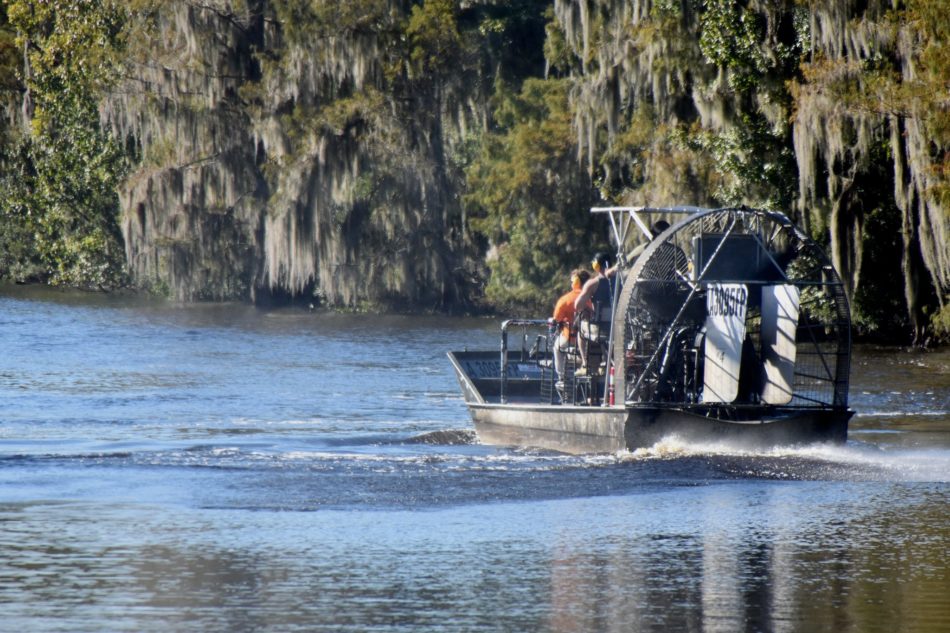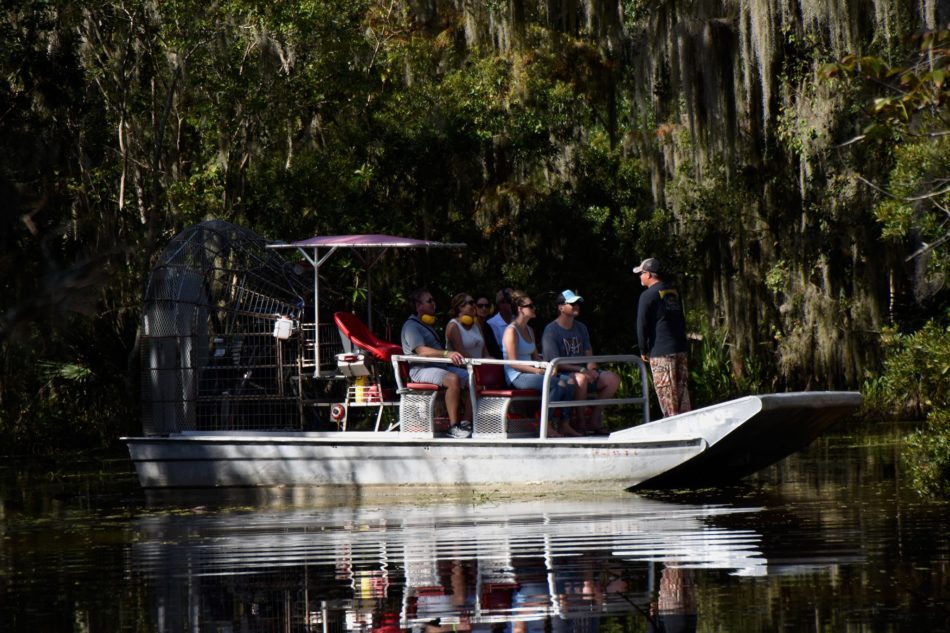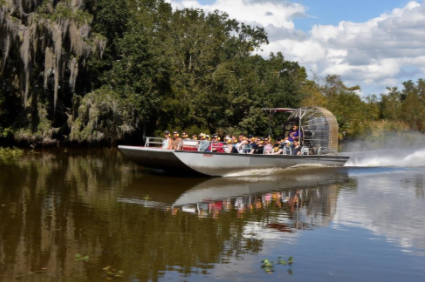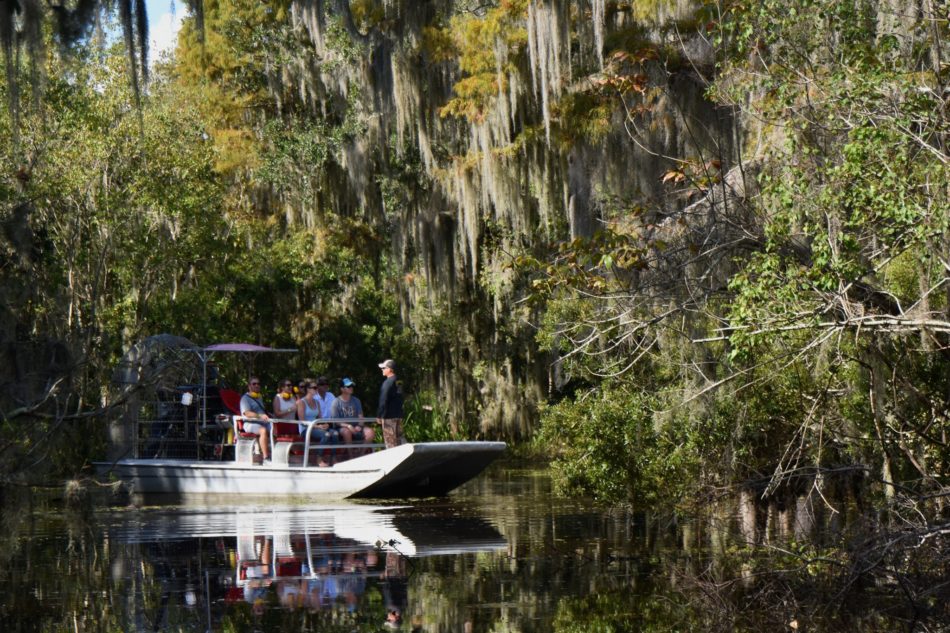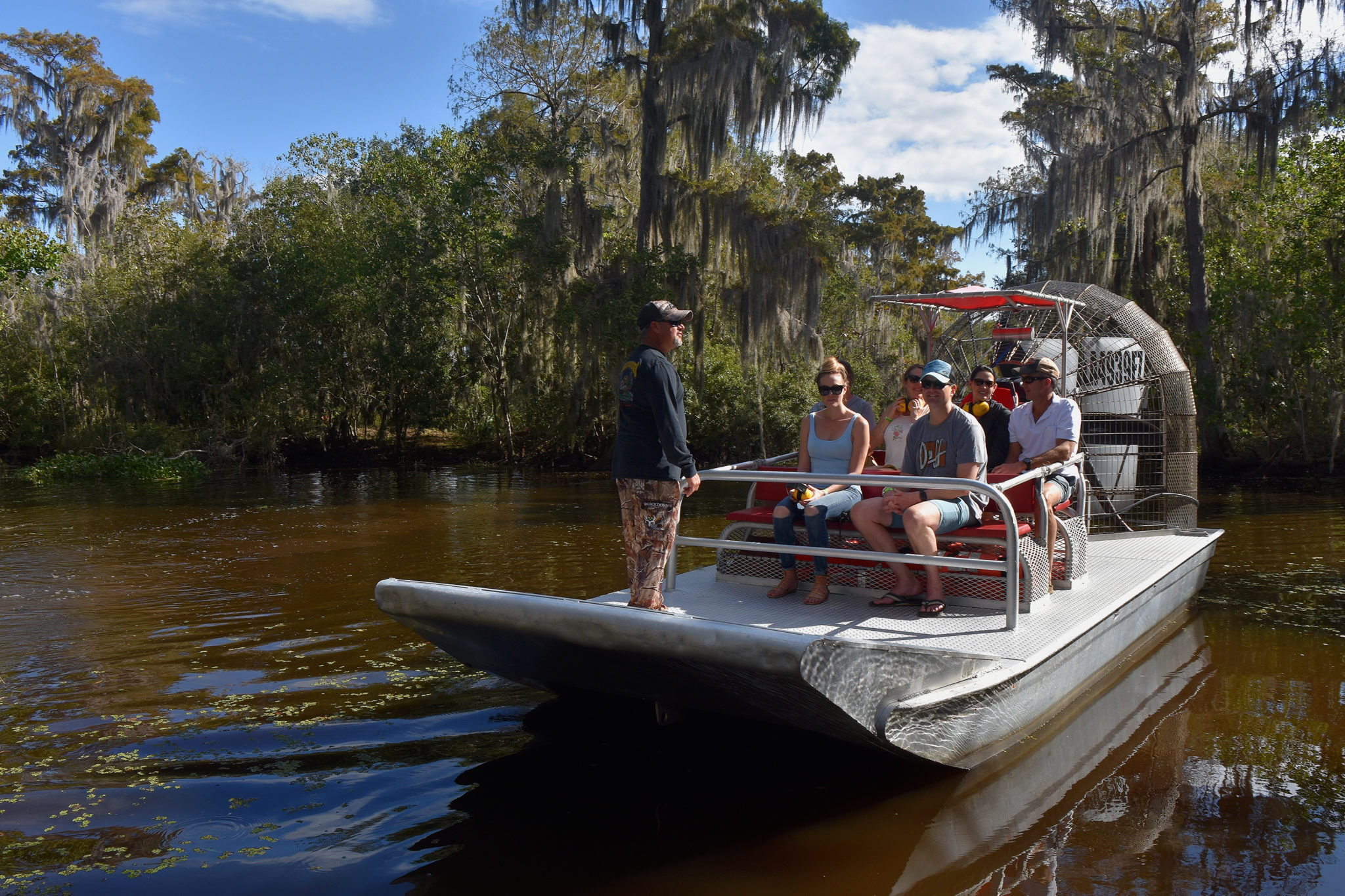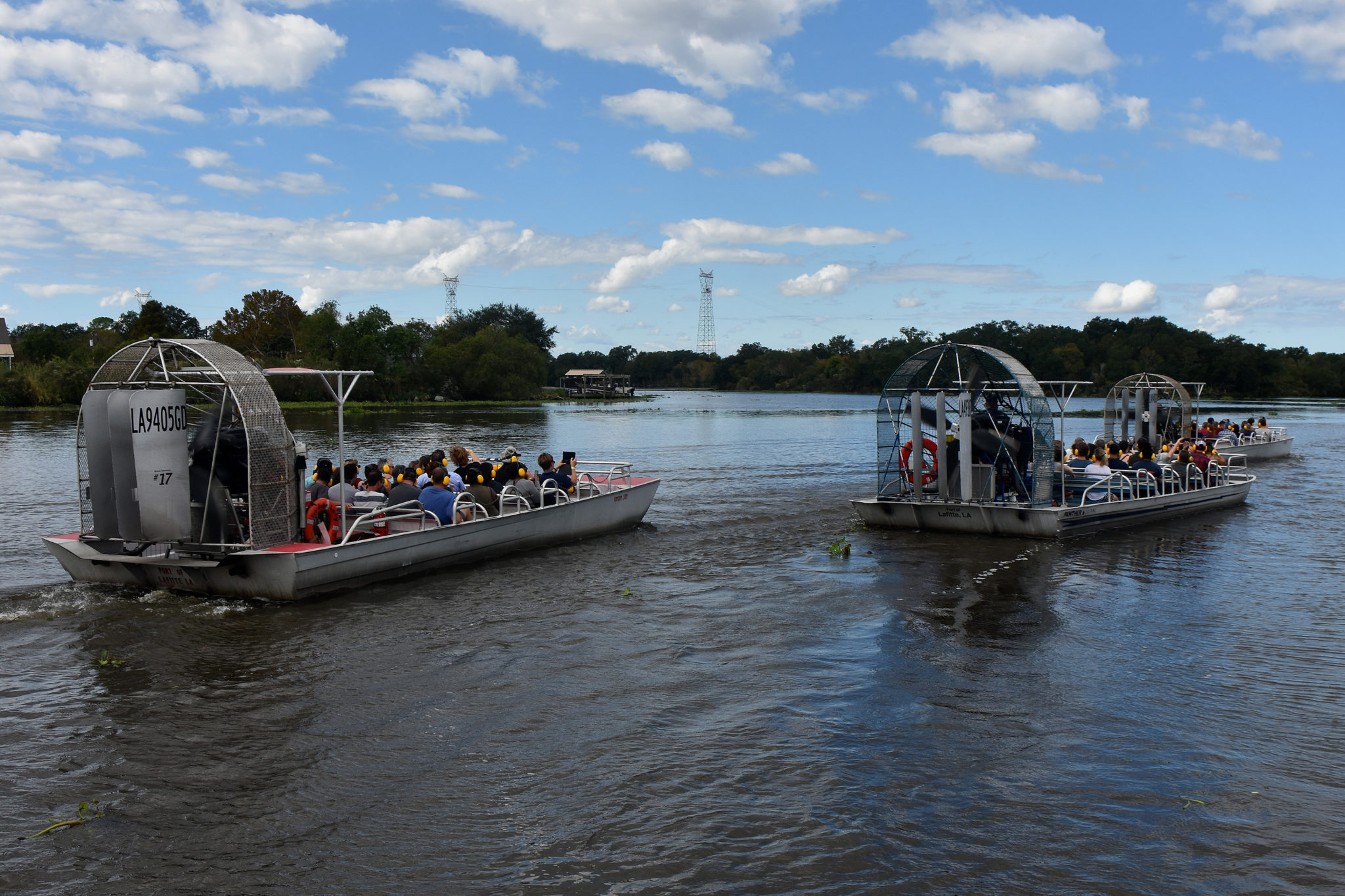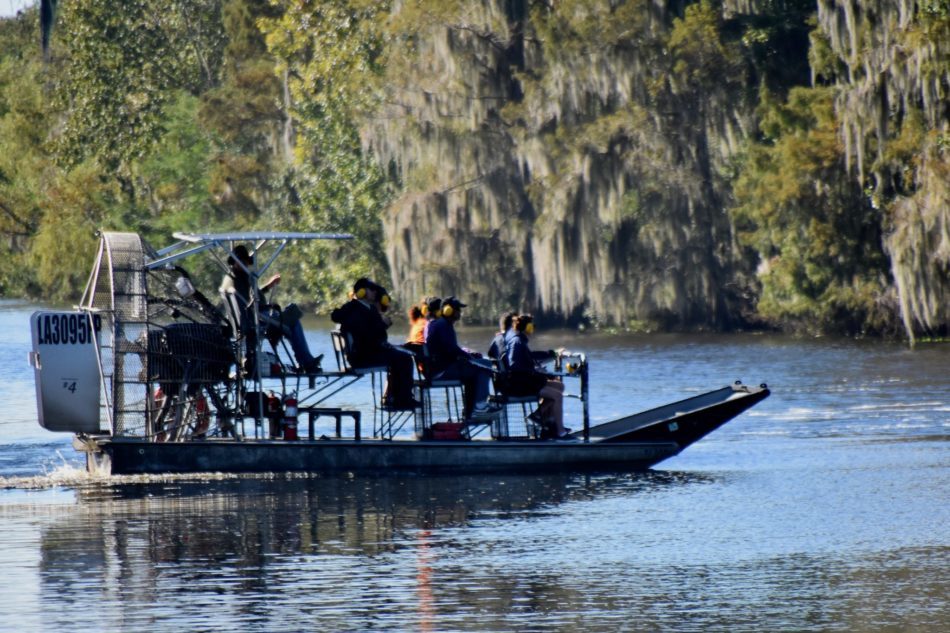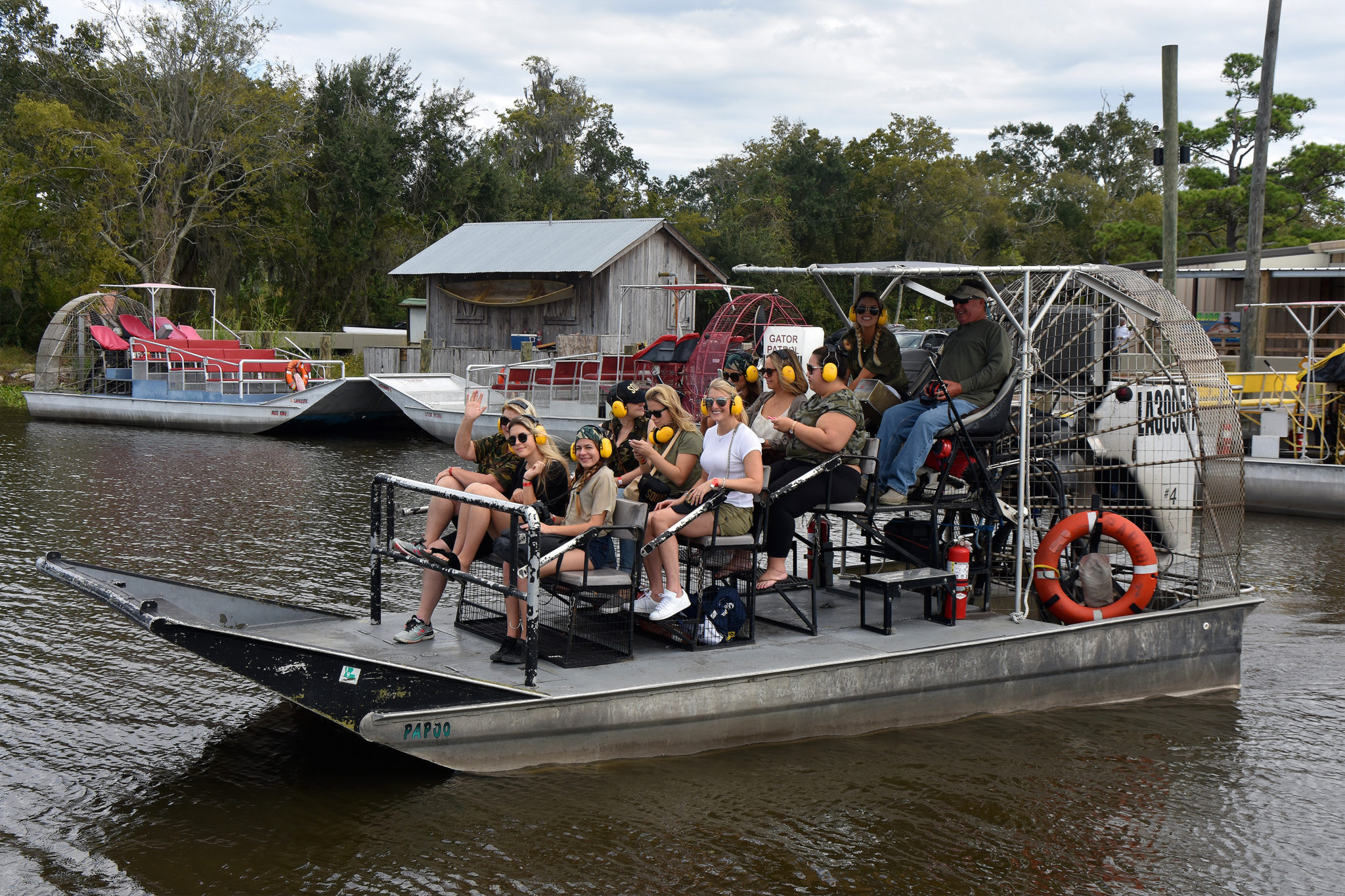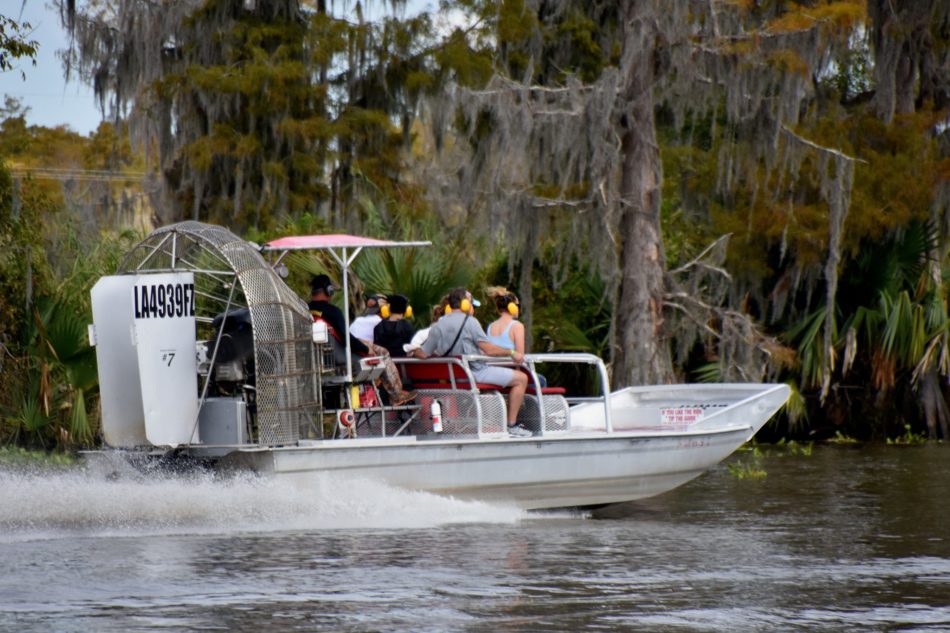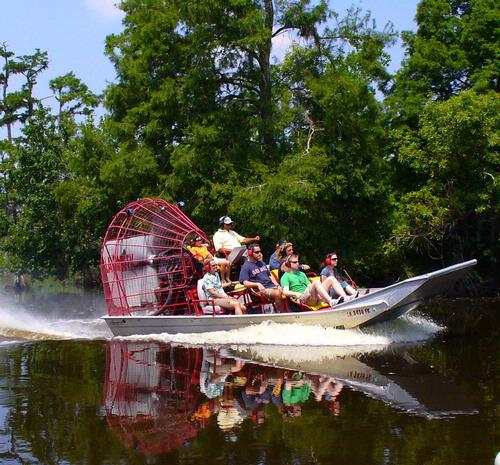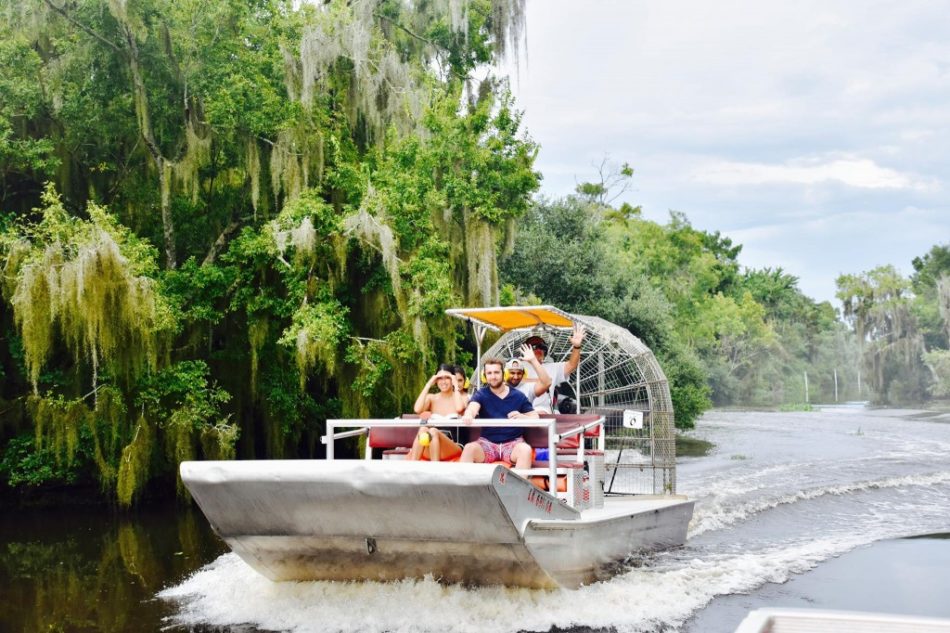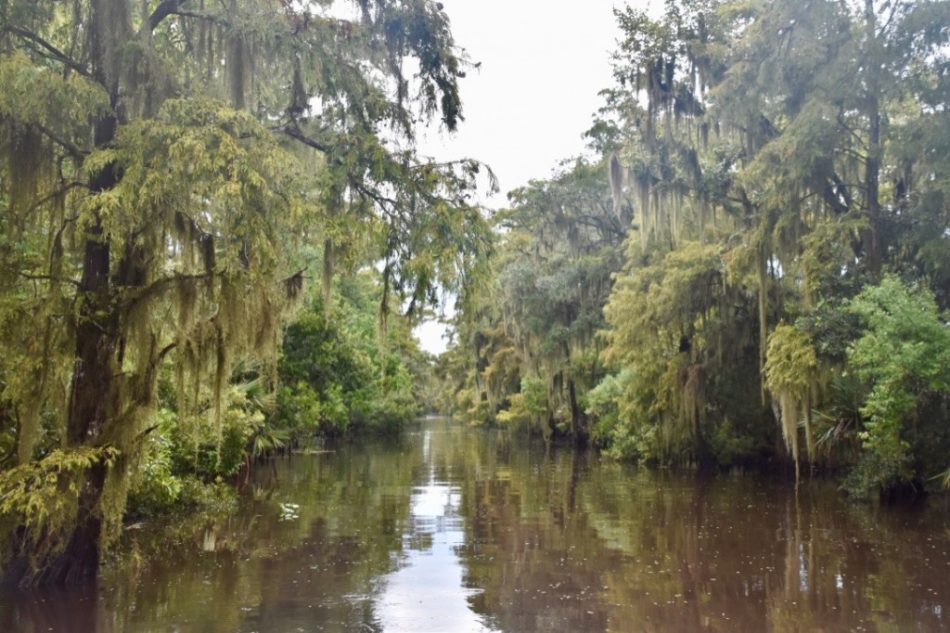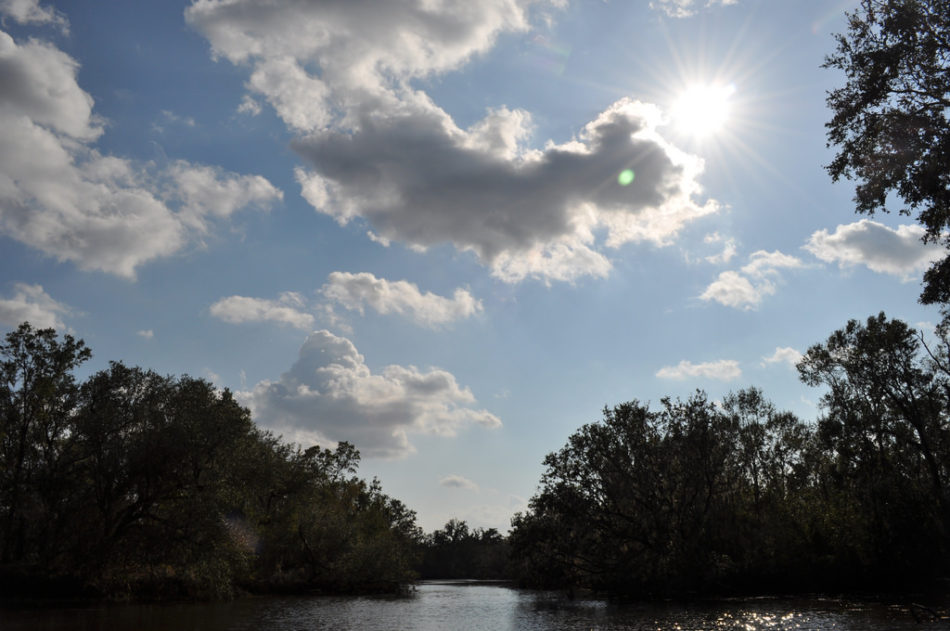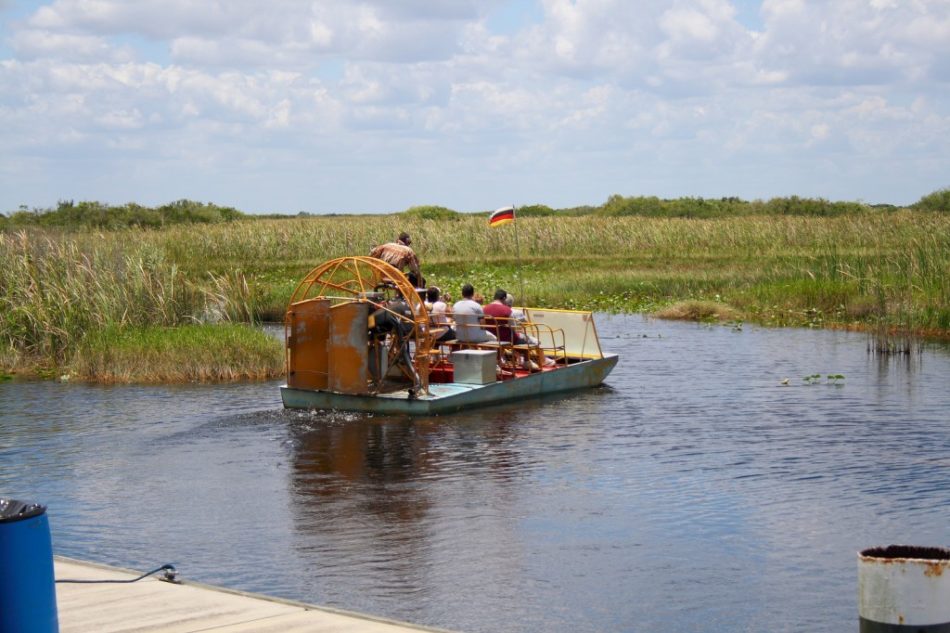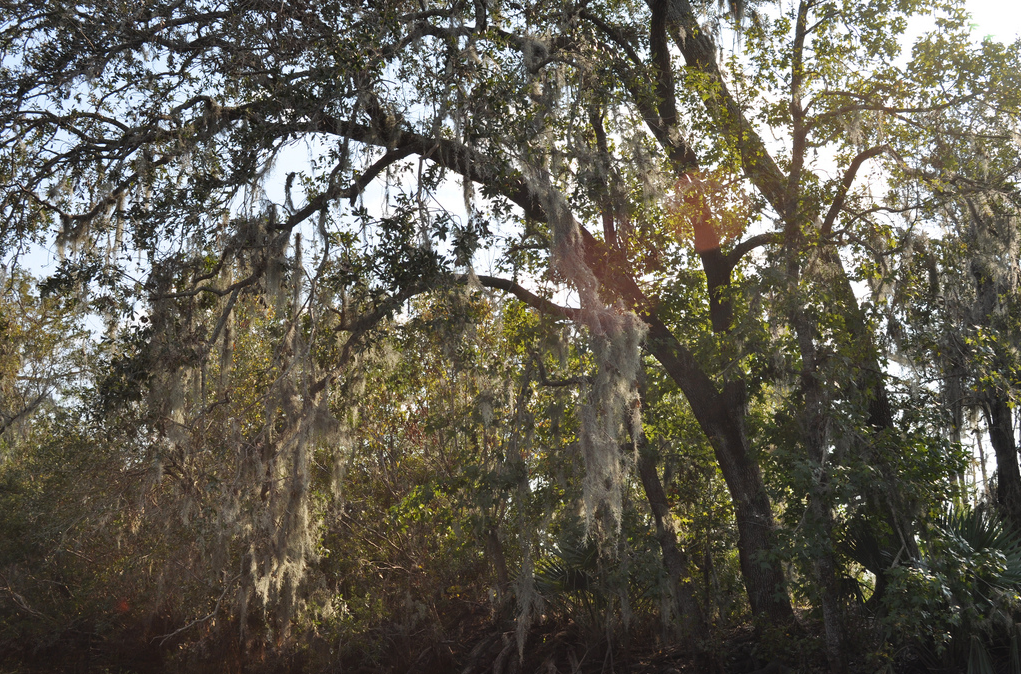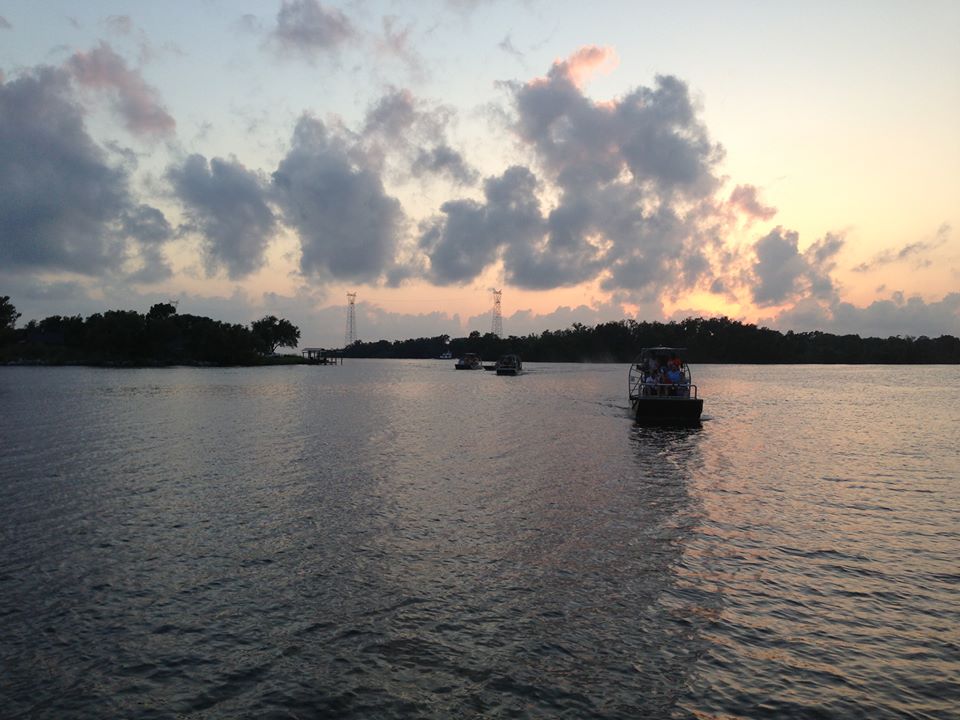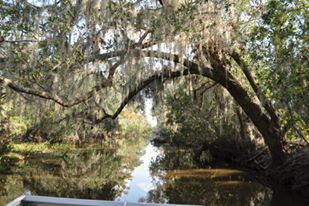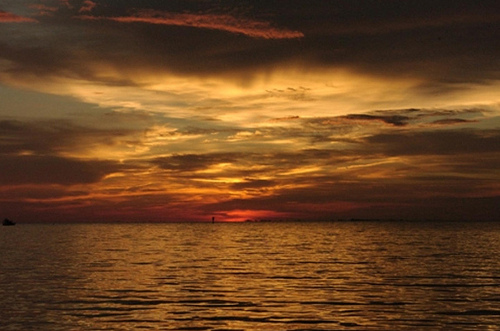Venture into the real Louisiana where alligators, critters, aquatic plants, and culture thrive in the swamp nature. Explore the beautiful and vivid nature of the swamp when boarding on a New Orleans airboat and spot out exotic aquatic plants as well as critters along the ride.
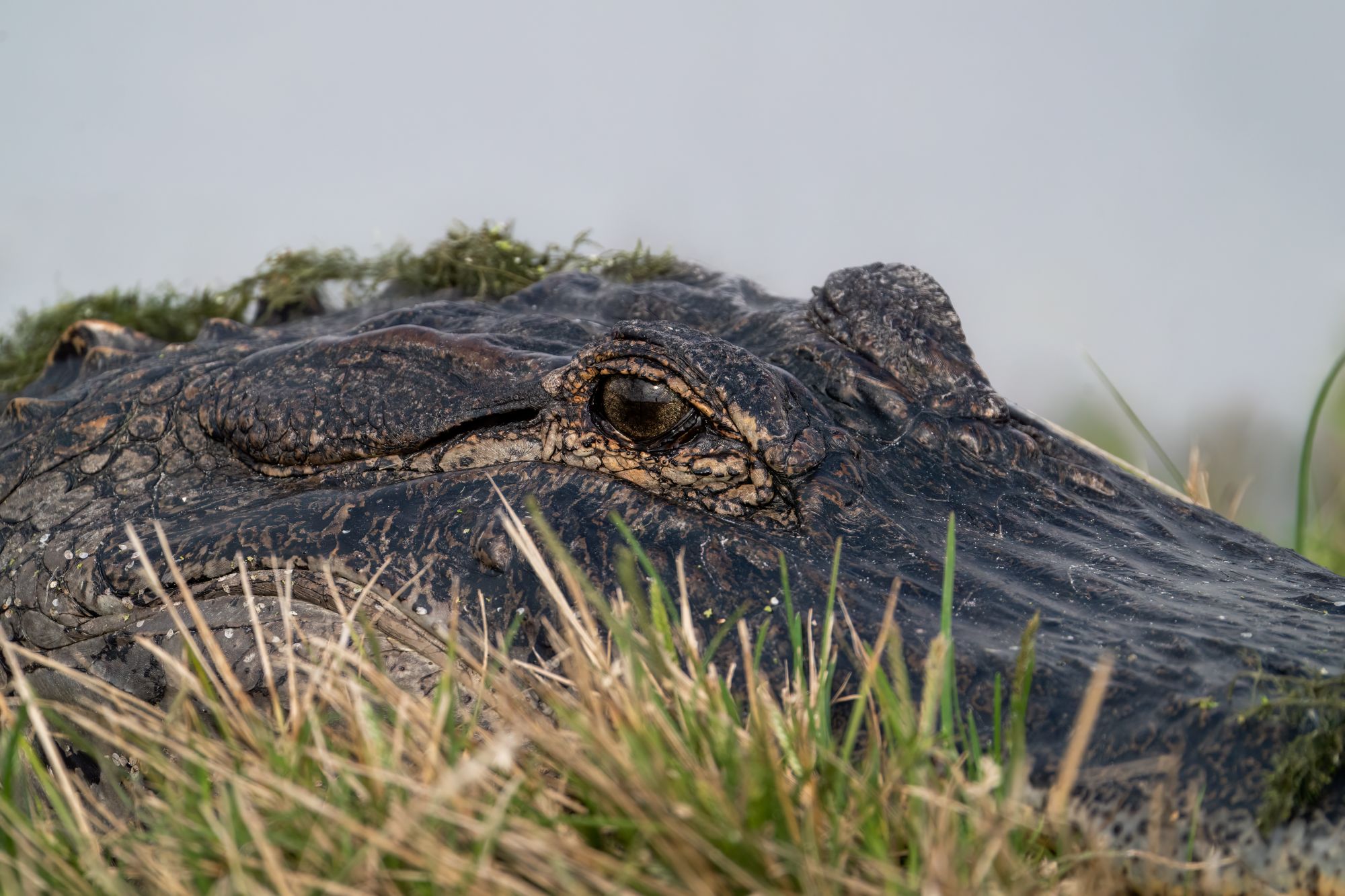
When planning out your next Louisiana wildlife adventure, consider our New Orleans swamp tours where visitors get to learn about the natural habitat of Louisiana, wildlife, and the lifestyle of Cajuns.
Alligators in Their Home
Thinking about spotting out alligators in Louisiana? Save your time on visiting a zoo and get airboat swamp tour tickets for your crew to take an up close look at alligators in their own turf, the swamp. If you are in Louisiana, witnessing a real life alligator is a must! They are one of Louisiana’s all time favorite symbols due to the large populations of American alligators that live in the Pelican state. Follow where your airboat captain points at and you will find these fascinating reptiles sunbathing on a log or gliding silently through the water just feet from your airboat or simply in their own world. Airboat captains usually know where to find alligators in the swamp. Keep in mind that observing alligators up close doesn’t mean petting them, listen to your airboat captain and have a good time.
Birds of the Swamp
West coast forest and east coast parks aren’t the only places for birdwatching. Venture into the Louisiana swamps to find out how they are a paradise for bird watchers. From majestic great blue herons and snowy egrets to colorful roseate spoonbills; these three species are easy to spot year-round, and many more that appear in different seasons. The region is home to hundreds of bird species, many of which are rare or migratory. Depending on which season you are in Louisiana, you will catch a glimpse of different species.
In spring time, don’t get startled by the repeated shriek of the red-shouldered hawks’ call; at night, listen to the distinctive hoot of the barred owl that goes, “who cooks for you? Who cooks for you all?” Some other species that are most visible during spring time are Anhinga a.k.a Snakebird, Swallow-tailed Kite, Prothonotary Warbler, Egret, and Great Blue Heron.
During the summer, keep an eye out for the Green Heron with its quick strikes, Purple Gallinule with its light steps on lily pads, Northern Cardinal, and Red-winged Blackbird.
In fall time, spot out Wood Stork in marshes and in mixed flocks with ibises and spoonbills. Belted Kingfisher, Northern Harrier, Migrating Waterfowl, and Swamp Sparrow are also more visible during autumn.
To the surprise of visitors from out of state, winter time in the Louisiana swamp boasts the presence of many bird species making the swamp a haven for bird watchers during the cold months. During the winter months, Great Egret, Great Blue Heron, White Ibis, Anhinga, American Coot, Northern Shoveler, Blue & Green-winged Teal, Wood Duck, Yellow-rumped Warbler and Eastern Phoebe are all present in the Louisiana swamps. Bring your camera and a pair of binoculars for the best sightings.
Swamp Critters You’ve Never Heard Of
Beyond alligators and birds, critters are another distinguished character of Louisiana’s wetlands. Some creatures are surprisingly cute, while others are downright weird. In the end of the day, they all are part of the intricate ecosystem that makes the swamp special. Raccoons and possums are among the most spotted critters in Louisiana, they often come out at night time. A weird critter that you might see is the nutria, they are invasive large, semi-aquatic rodents with orange teeth. Lurking beneath the water surface are snapping turtles with their ancient-looking reptiles vibe. Don’t freak out when you see excellent snake swimmers in the water, these water snakes are non-venomous and swim super fast. Lastly, tree frogs and toads fill the swamp at dusk with their calls.
Rare and Exotic Plants
Alligators, birds, and critters aren’t the only things that define the beauty of Louisiana swamps, various wetland plants also live here. These are some rare and exotic plants that you won’t find in a regular backyard. While gliding through the swamp, water hyacinth floats in clusters along the side of your airboat. Duckweed forming bright green carpets on the water’s surface. Carnivorous plants like the bladderwort, which actually trap tiny insects underwater.
Each plant has adapted to the humid, waterlogged environment of the bayou in fascinating ways.
Veils of Spanish Moss Hanging on Cypress Trees
Perhaps, the Spanish Moss and Cypress Trees are second in popularity after the alligators when it comes to unique nature things of Louisiana. During day time, the Spanish Moss creates a mystic and fairy-tale-like atmosphere with their gray-green color and airy texture. But at night, don’t get spooked by them. The eerie beauty of bald cypress trees rising from the water, these ancient giants are often covered in Spanish moss that hangs like a ghostly curtain from the branches. To adapt to the swamp environment, cypress trees have evolved unique features for survival such as their knobby “knees” poking up through the water. The combination of still water, mossy drapery, and dappled light creates a hauntingly beautiful landscape that stays unique across the U.S. and around the globe.
The Cajun Spirit
Similar to the exotic and lively nature of Louisiana swamps, Cajun people boast a rich heritage in their music, food, and, of course, can’t be missing the eerie world of folklore. Much like Creole culture that centered in New Orleans, Cajun cuisine and music traces its roots to French culinary, especially French-speaking Acadian settlers, fused with African, and Native American influences.
However, there is a distinguished difference between Cajun and Creole. Upon being forced to live in the bayou of Louisiana, Cajun people learned to utilize any ingredients they can find for foods to mark the start of one of the most unique cuisines in the U.S.
Cajun music emphasizes syncopation, minor keys, and a rhythmic call-and-response style. Instruments like the accordion, fiddle, washboard or frottoir, and percussive rhythm with spoons or thimbles define Cajun music. Zydeco, often mistaken as the same genre, is closely related but typically has more influences of R&B and blues elements.
Beyond the music and the food, Cajun folklore runs deep, they are filled with tales of legendary figures and mythical creatures. Stories of the Rougarou, a swamp-dwelling werewolf, and the Honey Island Swamp Monster, Louisiana’s own version of the Loch Ness Monster, stir imaginations. Even the legend of Jean Lafitte, the pirate who once roamed the Gulf, remains a beloved part of the region’s storytelling traditions.


